Introduction
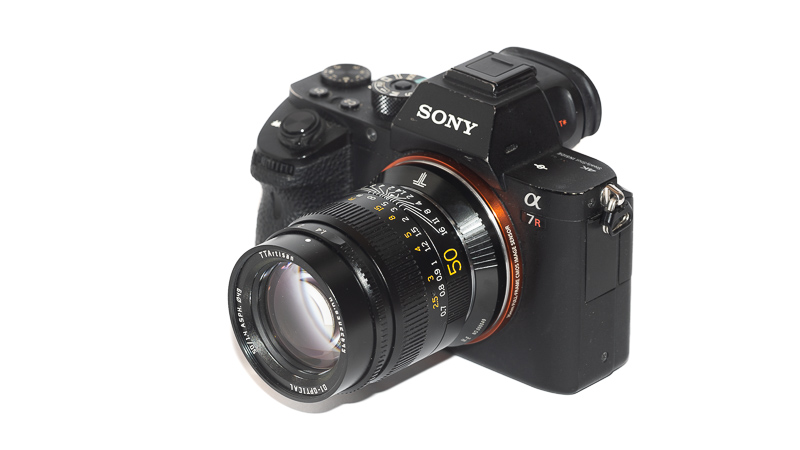
To my surprise – shortly after the 50mm 0.95 – TTArtisan also released a more reasonable 50mm 1.4 lens. The optical design looks very interesting on paper: a longer focal length double gauss with a “speedbooster-like” rear group. This is similar to Cosina’s latest designs for the fast Voigtlander lenses, is this a good sign? Let us find out in this review!
This lens will be reviewed on the 42mp Sony A7rII and the 24mp Leica M10.
Sample Images
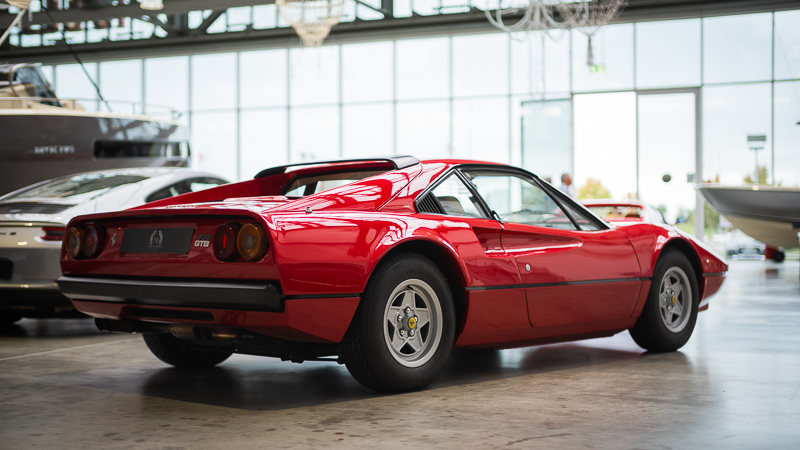
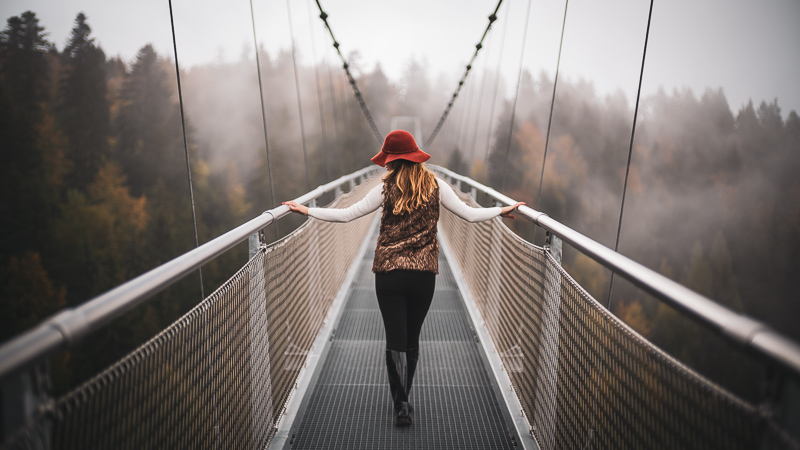
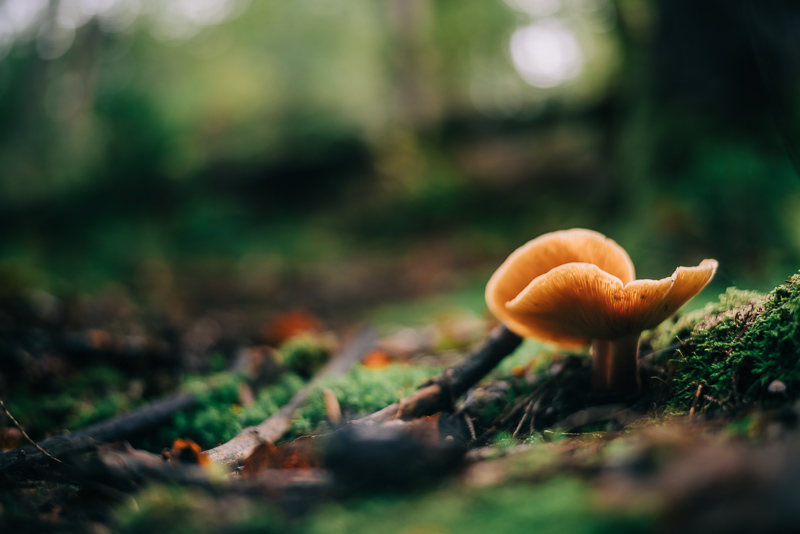
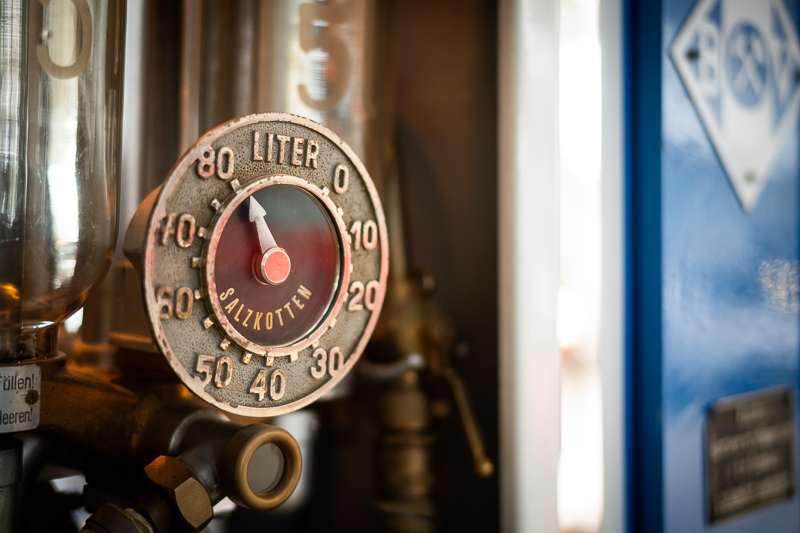
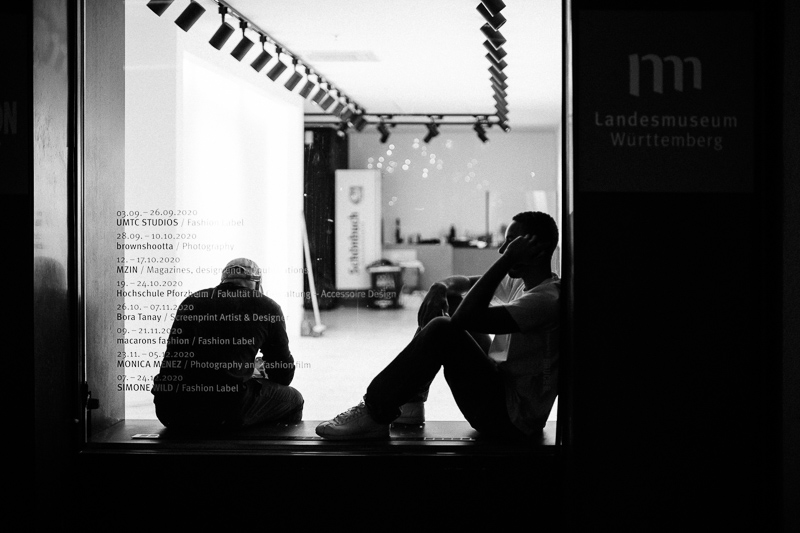
Most of the sample images in this review can be found in full resolution here.
Contents
Specifications
So far this lens only comes in M-mount and has the following specifications:
-
- Diameter: 60 mm (without focus tab)
- Field of view: 47° (diagonally)
- Length: 58 mm (+adapter)
- Weight: 402g (+adapter, without hood and caps)
- Filter Diameter: 49 mm
- Number of Aperture Blades: 12 (straight)
- Elements/Groups: 10/8

- Close Focusing Distance: 0.7 m
- Maximum Magnification: 1:11.7 (measured)
- Mount: Leica-M
You may also have a look at the official page.
You can usually buy this lens from the manufacturer’s shop, on amazon.com/amazon.de, B&H or ebay.com/ebay.de for about $369 (affiliate links)
Disclosure
The TTArtisan 50mm 1.4 was kindly provided free of charge by TTArtisan for reviewing purpose for a duration of 4 weeks.
Handling / Build Quality
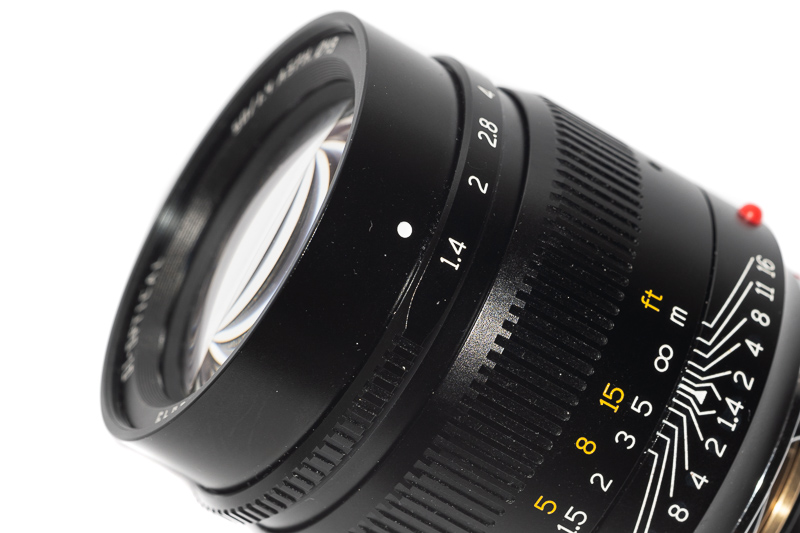
From the outer apperance this looks very much like a Leica M lens including the famous red dot. Markings are yellow/white (engraved and filled with paint), focus ring has perfect resistance and turns about 120° from the minimum focus distance of 0.7 m to infinity. The focus ring is also equipped with a focus tab.
The aperture ring has equidistant and very distinct half-stop click stops and feels very tightly assembled.
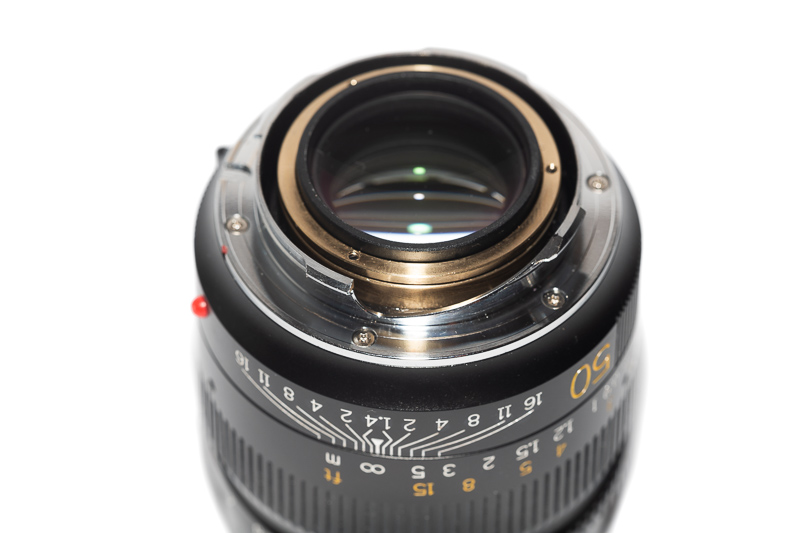
The lens features a rangefinder coupling which can be adjusted yourself using a small (supplied) screwdriver. Being an owner of an M-mount camera now I cannot stretch enough what a wonderful design decision this is: the lens can easily be adjusted to be perfectly calibrated to your rangefinder camera and give best possible results without sending it in. I wish every M-mount lens would offer this.
Out of box the lens was well calibrated on my Leica M10, but it looks to me that true infinity would be a tad behind the hard stop (see sharpness infinity section).
As was already the case for the TTArtisan 50mm 0.95 there is no hood included in the package.
Vignetting
light falloff
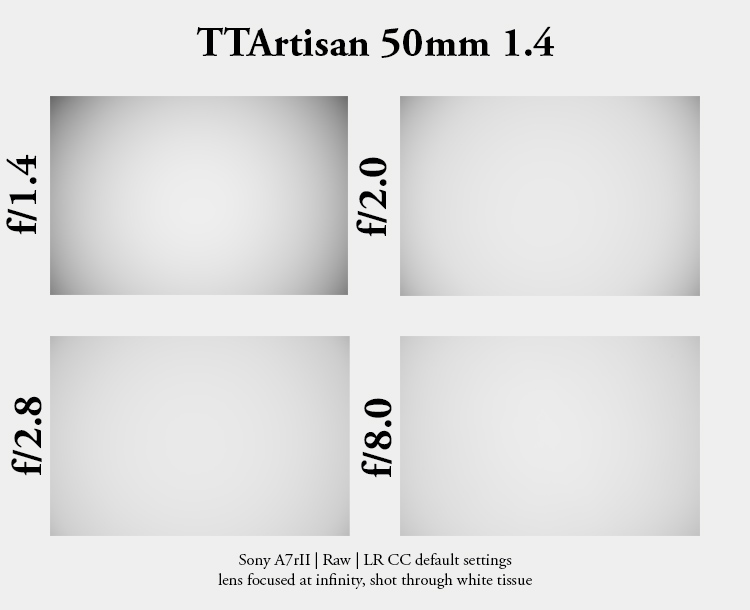
Wide open there is strong light falloff of roughly 2.7 EV in the extreme corners, stopped down to f/2.0 this improves to 1.9 EV, stopped down to f/2.8 it is 1.4 EV and further improves to 1.3 EV at f/8.0.
Stopped down these values are comparable to other small yet fast 50mm lenses like the Voigtlander 50mm 1.2 Nokton, at wider apertures the TTArtisan lens is slightly better (by about ~0.3 EV).
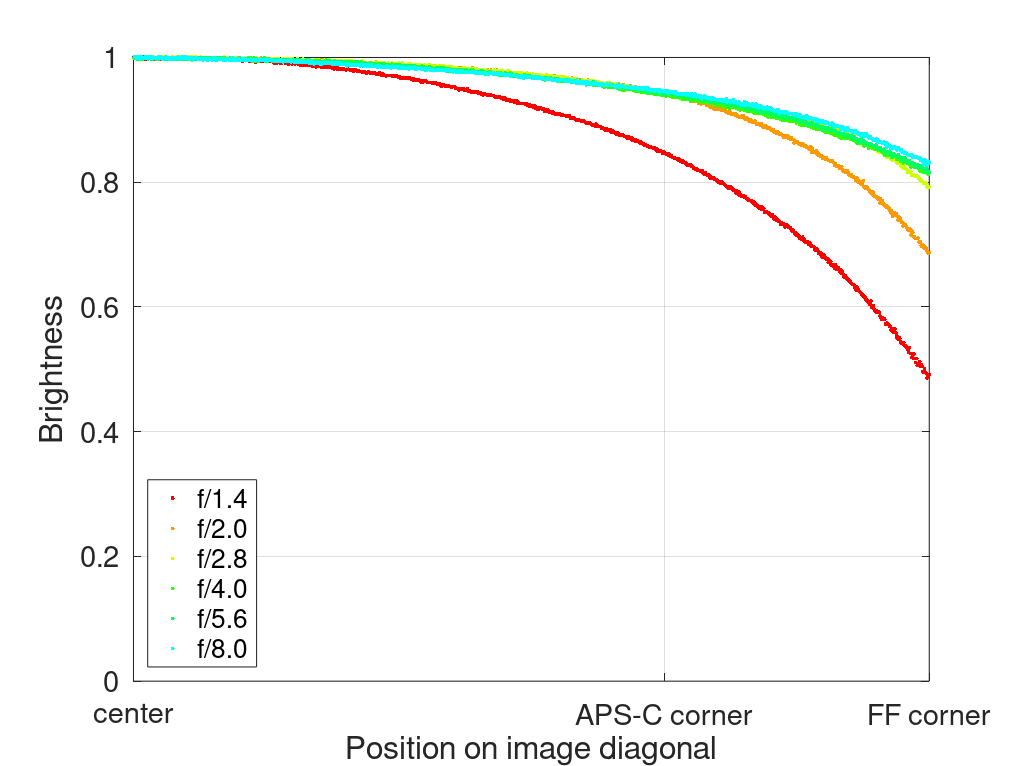
It is recommended to have a look at this article first to get an idea how this brightness graph works.
optical vignetting
Very fast yet compact lenses usually show a significant amount of optical vignetting. Without going too much into technical details optical vignetting leads to the truncation of light circles towards the borders of the frame.
In the center of the frame almost every lens will render a perfect circle, but only lenses with very low optical vignetting will keep this shape in the corners.
So in the following comparison we move from the center (left) to the extreme corner (right) and see how the shape of the light circle changes.
For comparison’s sake I included the Voigtlander 50mm 1.2 here. I consider this performance average for a lens with these parameters. You can clearly see some onion ring structures caused by the use of aspherical elements though.
I did not shoot both lenses side by side, if I did the circles from the f/1.2 lens would be bigger in direct comparison. The focus distance was 0.7 m and you may get slightly different results at other distances.
Sharpness
infinity (42mp Sony A7rII)
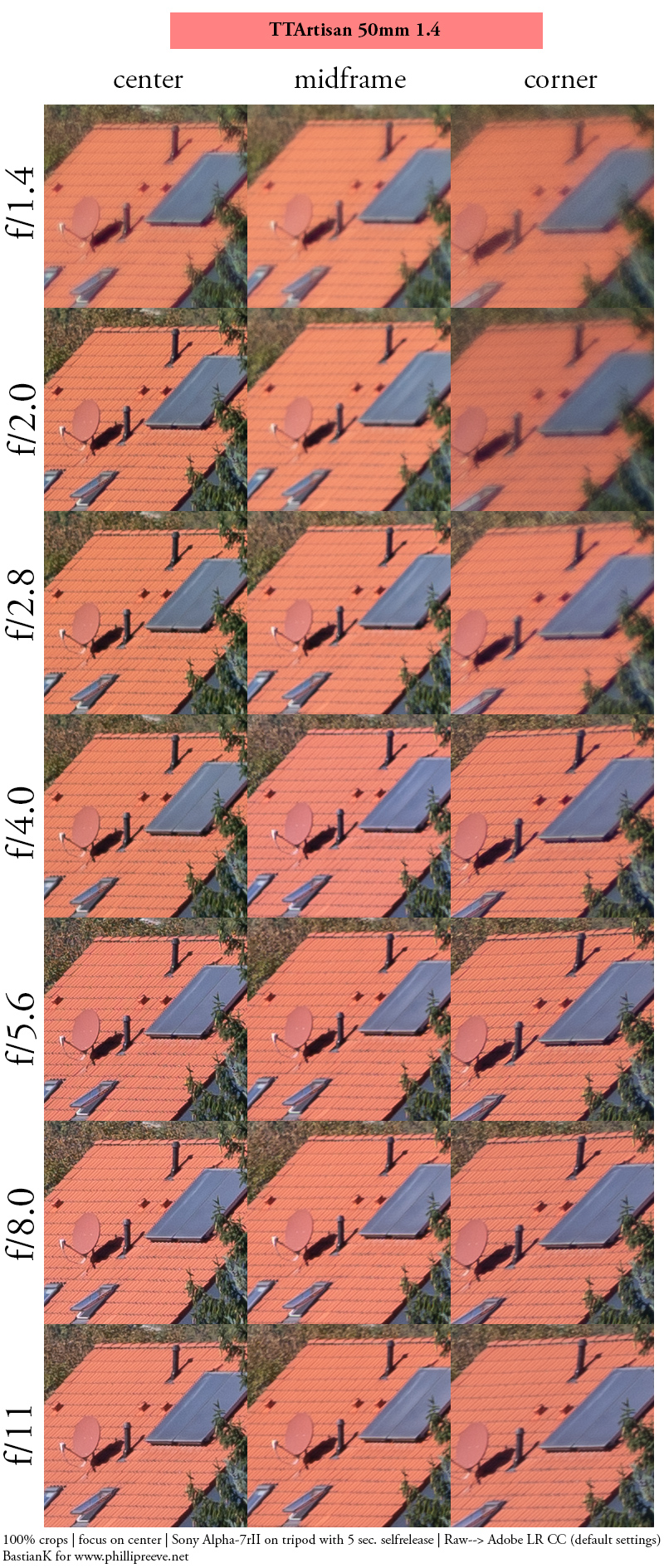
At infinity the TTArtisan 50mm 1.4 is a bit soft at the maximum aperture even in the center, but this improves significantly on stopping down to f/2.0. Midframe and corners are nothing to write home about at wider apertures, but from f/4.0 onwards the across frame performance is very even. Therefore – stopped down to f/5.6 to f/8.0 – the lens is also a good choice for landscape or architecture infinity shooting, this is rare among small yet fast M-mount lenses.
The performance here reminds me a lot of the 7Artisans 28mm 1.4, which is good news.
infinity (24mp Leica M10)
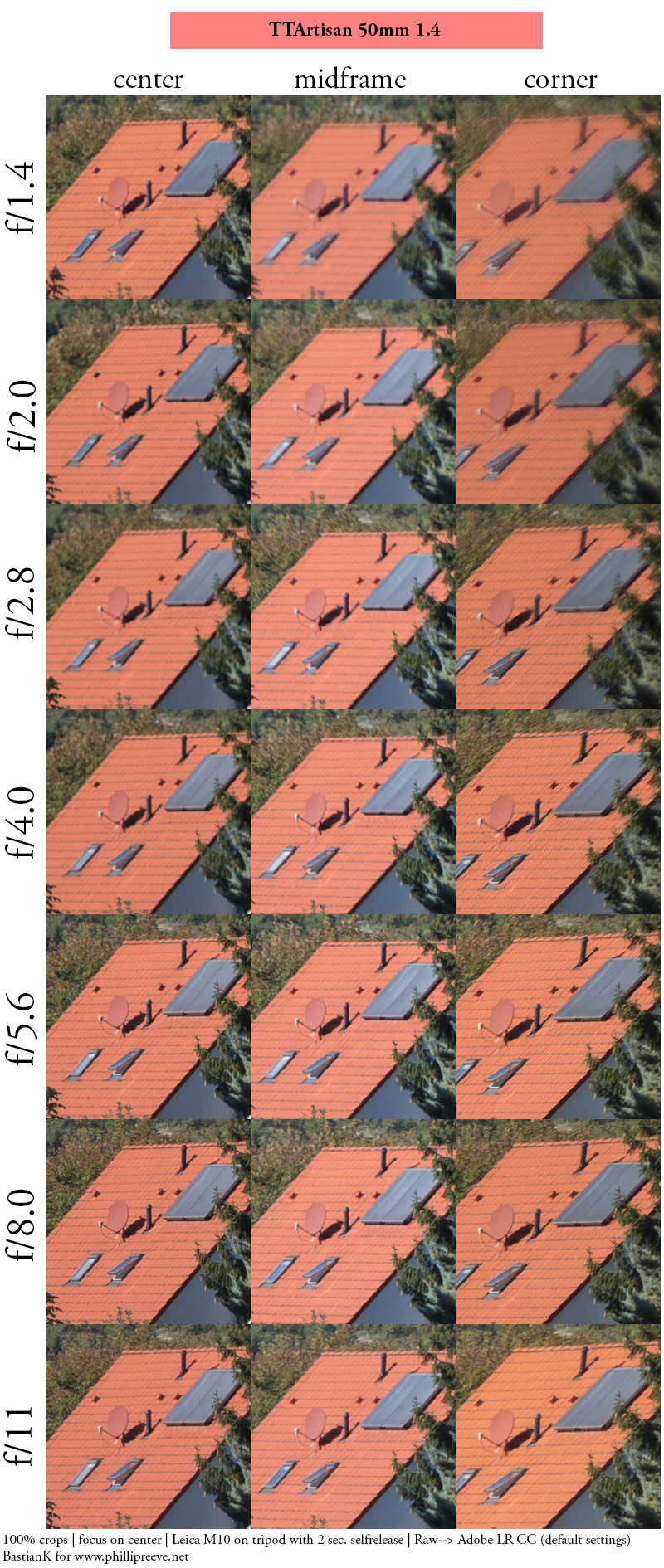
Wider M-mount lenses sometimes show very different performance when used on cameras with different filter stacks in front of the sensor.
The TTArtisan 50mm 1.4 is not one of those. Performance on the Leica M10 and Sony A7rII is very similar, so again from f/4.0 onwards you get very even across frame performance.
It looks like true infinity would have been slightly behind the lens’ hard stop when used on my Leica M10. Due to mount tolerances on lens and camera this can always happen and is the reason most lenses can be focused past the infinity mark.
portrait distance 2.0m distance (24mp Sony A7III vs 24mp Leica M10)
For portraiture it isn’t so important how flat the field is, it is more interesting to see what the sharpness is like when focused at different parts of the frame to take field curvature out of the equation.

We will be looking at 100% crops from the 24mp Sony A7III and the Leica M10. Both cameras do not have an anti aliasing filter in front of the sensor.
Sony A7III <—> Leica M10
observations
At a focus distance of 2.0 m we see some noticeable differences when using the lens on a Leica camera or a Sony camera with its thicker filter stack. On the Leica camera we see pretty decent performance even in the outer midframe while the Sony pictures look slightly blurry here. This also matches my findings in the field.
close (0.70 m, 1:11.7, 42mp A7rII)
100% crops from center, A7rII, because of focus shift (see corresponding section) I refocused for every shot.
For a fast lens without floating elements the performance is surprisingly good at the maximum aperture. There is only a minor amout of spherical aberration, for many applications this will be easily good enough from wide open.
Flare resistance
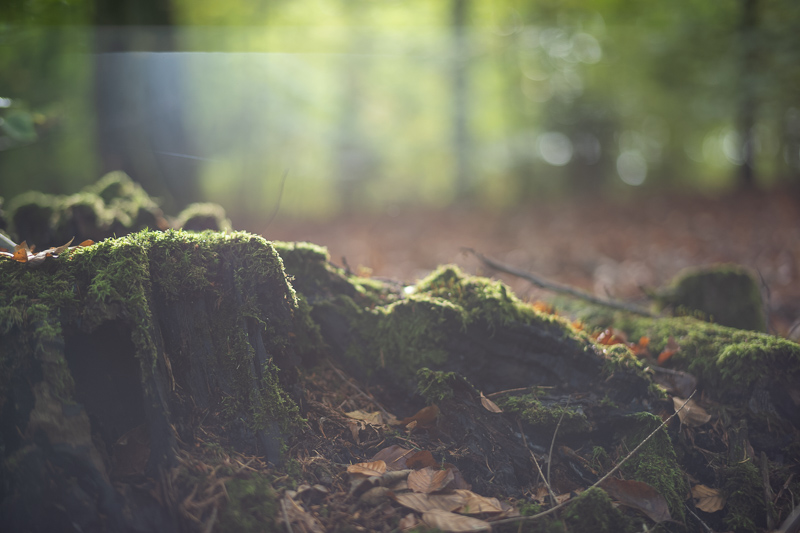
The TTArtisan 50mm 1.4 does not ship with a hood, but I think it would have been useful, as the lens has quite some issues with stray light. It is pretty easy to catch some distinct bars running through your picture, this might be caused by internal reflections.
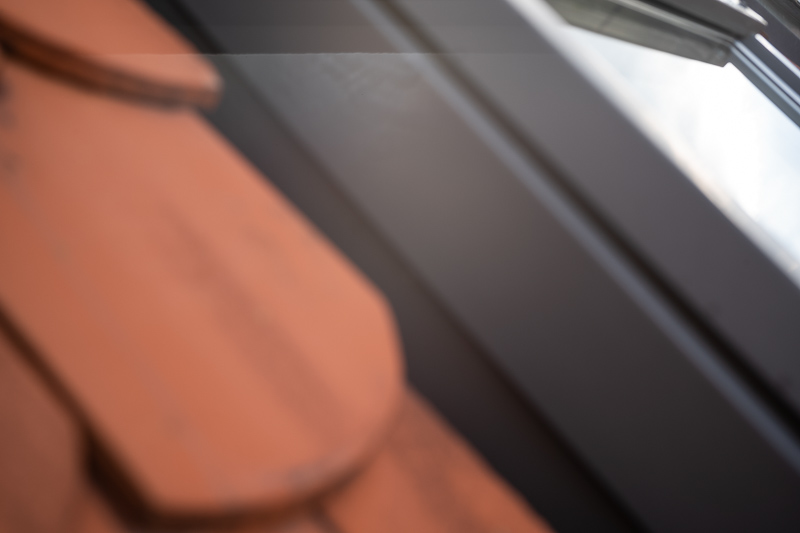
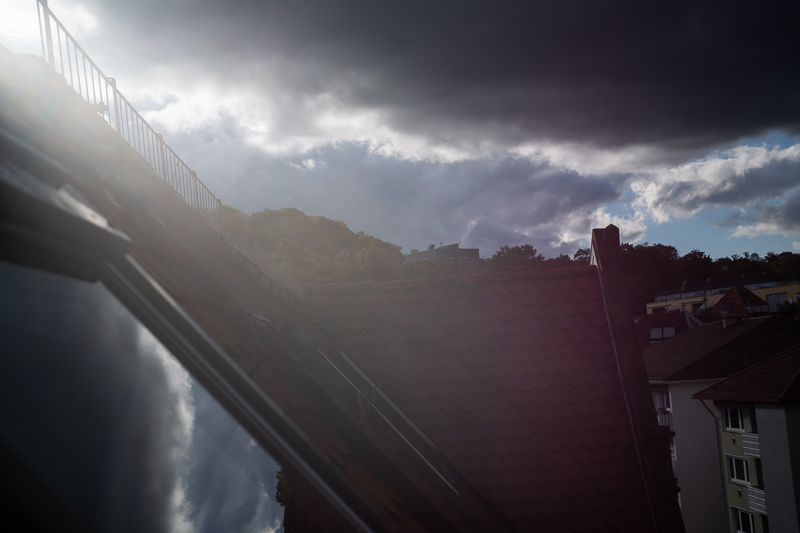
At maximum aperture you can also encounter a significant ring flare (internal reflections) with strong point light sources in the frame:
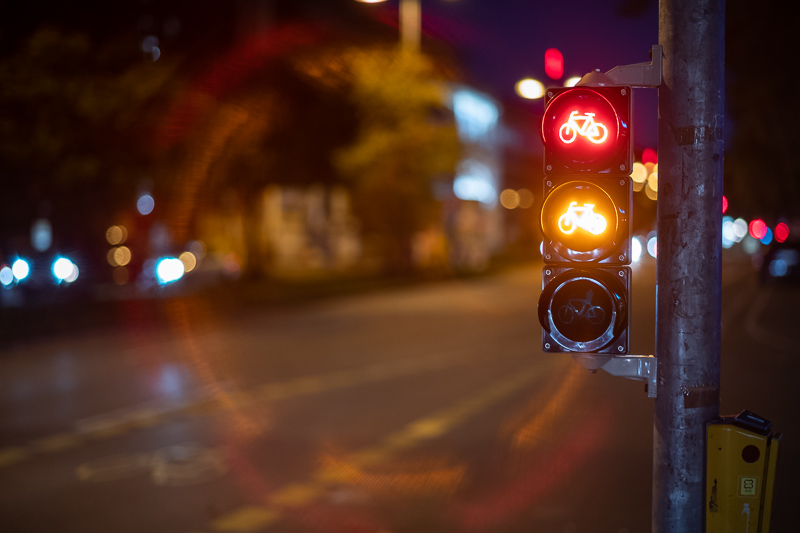
Stopping down to only f/1.7 makes it go away completely:
Sony A7rII | TTArtisan 50mm 1.4
The lens does not have any severe issues with ghosts, so if you can avoid stray light and you stop down you can often shoot straight into the sun without encountering any major issues:
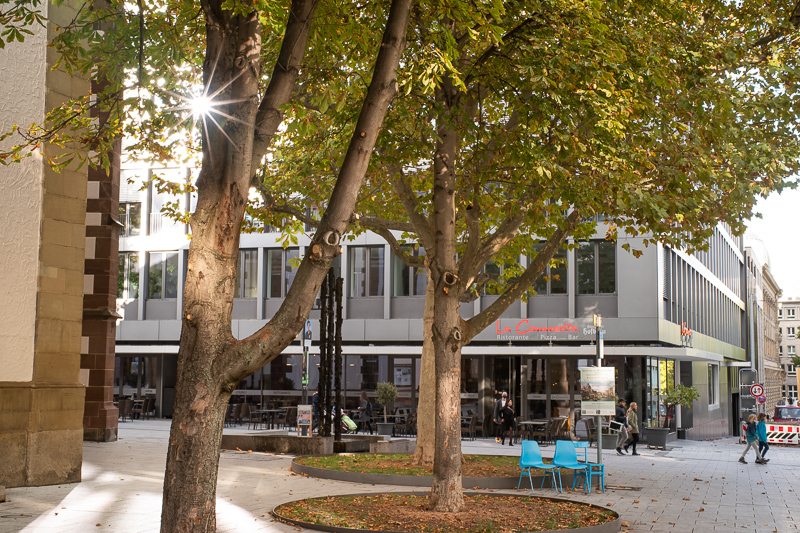
Coma
At f/1.4 and f/2.0 there is noticeable coma visible. Stopping down to f/2.8 improves the performance significantly, but to completely get rid of it you have to stop down to f/4.0 to f/5.6.
Performance is not that different from the Voigtlander 50mm 1.2 or other small yet fast lenses, so I cannot complain here.
100% crops from extreme corner, focused on center, A7rII
Distortion
Leica M10 | TTArtisan 50mm 1.4 | f/8.0
The TTArtisan 50mm 1.4 shows moderate pincushion distortion. There is no lens profile available yet, but dialing in -4 in Lightroom/Camera Raw is doing a pretty good job at correcting it. If you look very closely you may see remains of a wavy sub frequency, but this should hardly be field relevant.
Bokeh
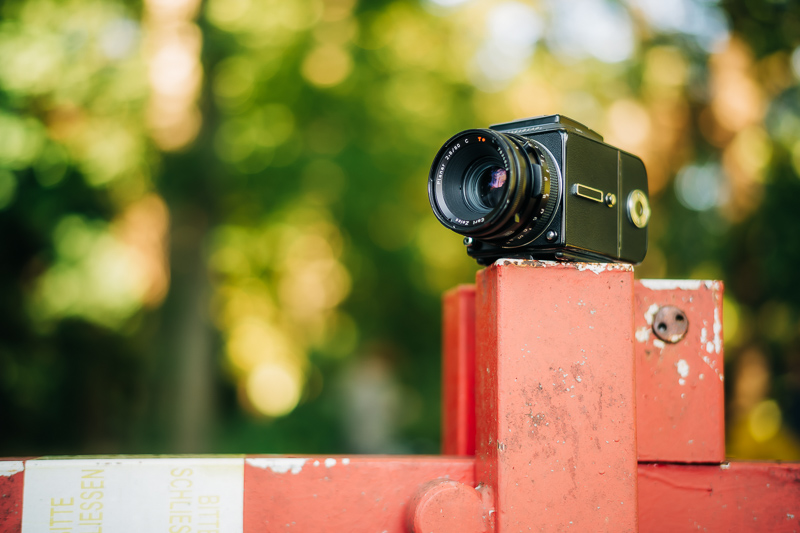
Most people interested in this lens are probably looking for a portrait/streetphotography lens, so bokeh may be an important factor. Generally we can choose from plenty 50mm lenses these days, but in my opinion not many of those offer a smooth and undistracting bokeh rendering.
The optical design gave me a bit of hope though, so let us have a closer look how the lens behaves at different distances.
Close to the minimum focus distance bokeh is smooth (this is true for most lenses), and as we have already seen in the sharpness close section contrast and resolution are also good at these distances.
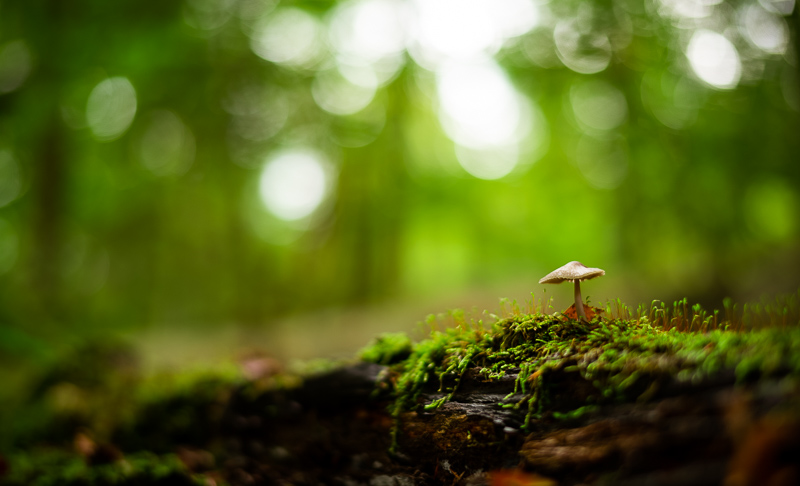
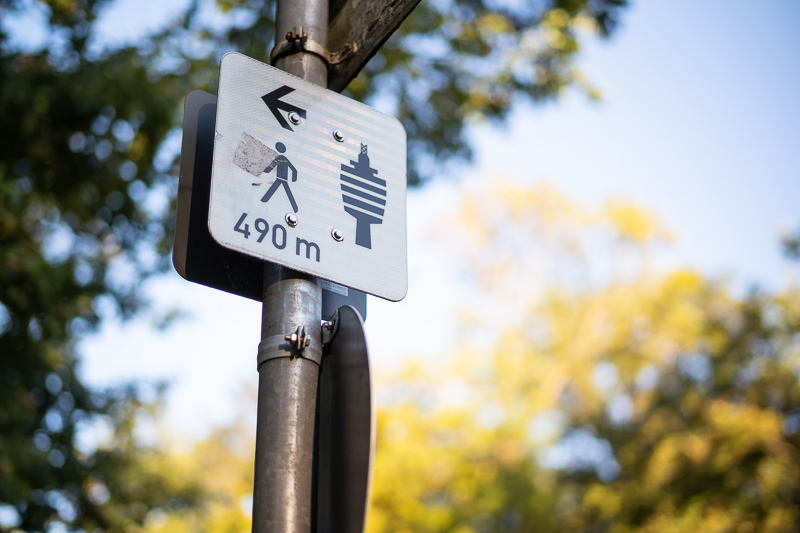
At half body portrait distance (roughly 1.2 to 1.5 m focus distance) the lens yields smooth blur and sharpness as well as contrast are good, exceeding my expecations.
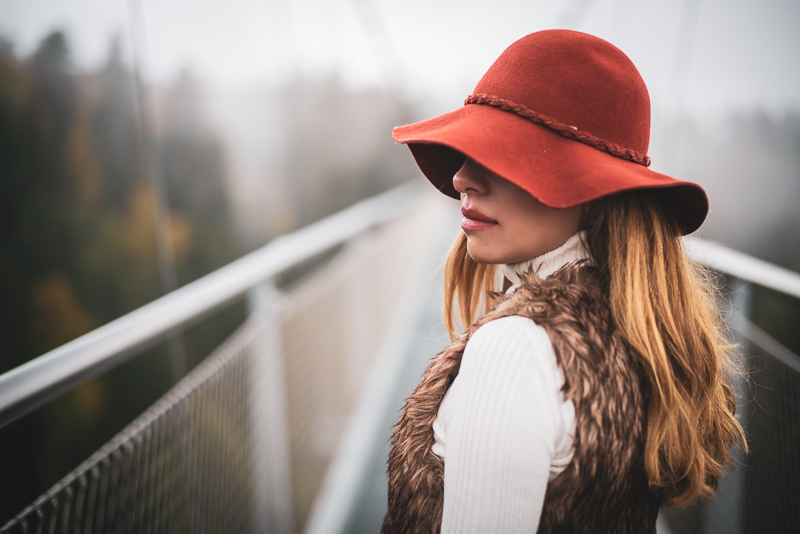
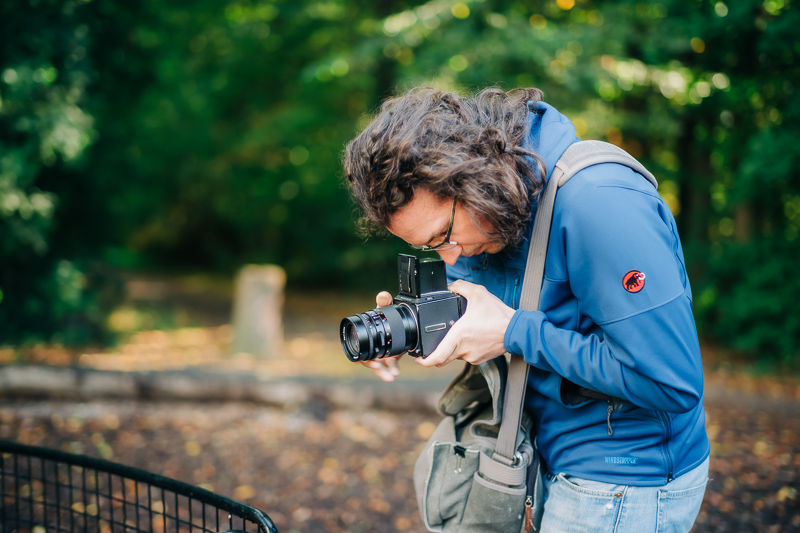
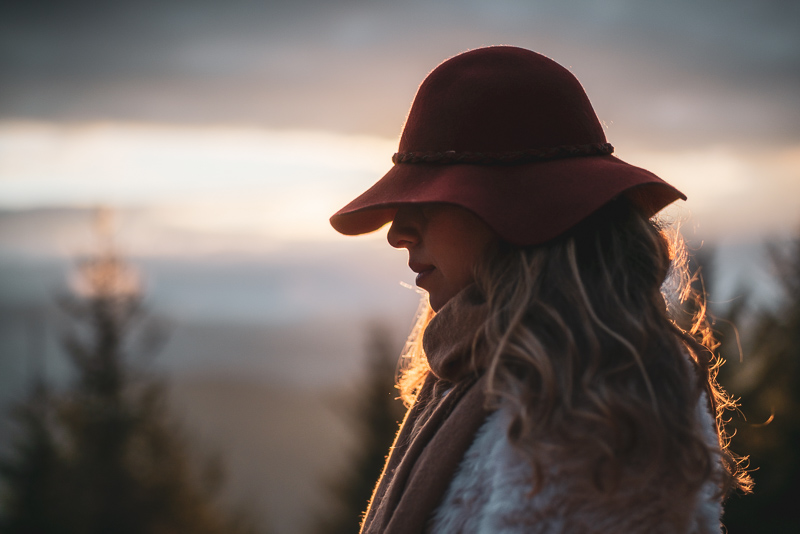
Even at longer focus distances (e.g. at full body portrait distance) and with difficult backgrounds – where many lenses struggle – the TTArtisan 50mm 1.4 is doing a good job.
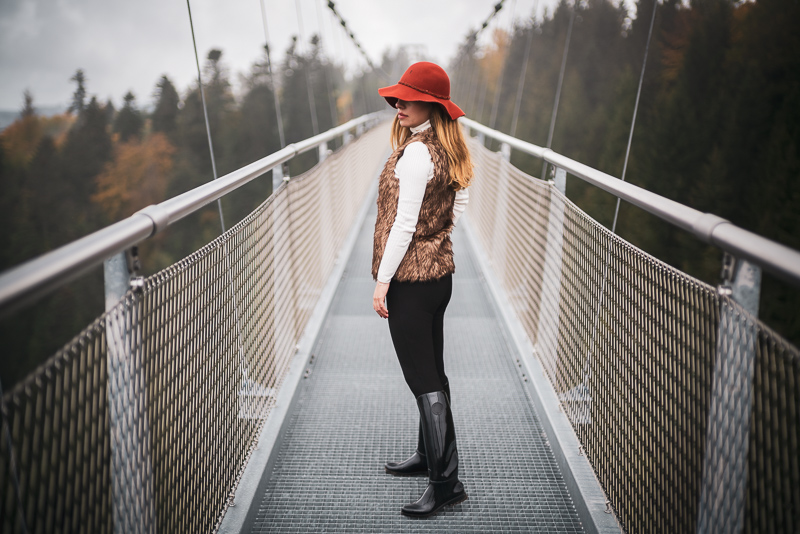
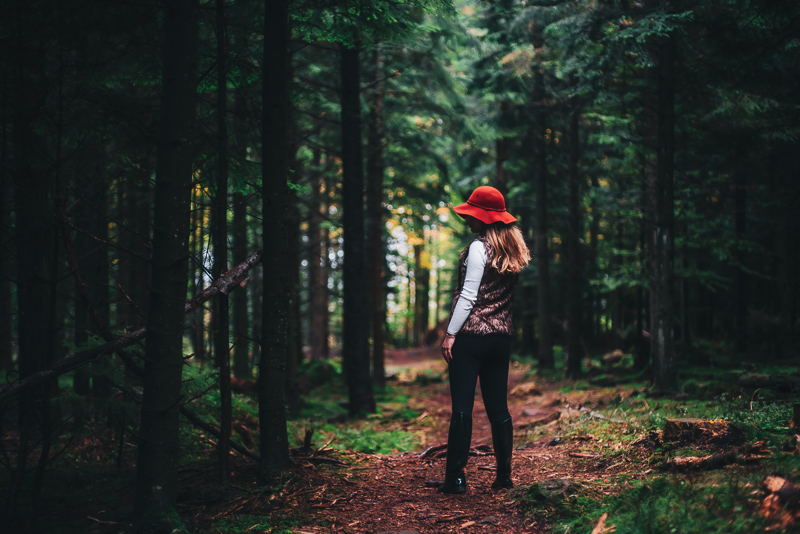
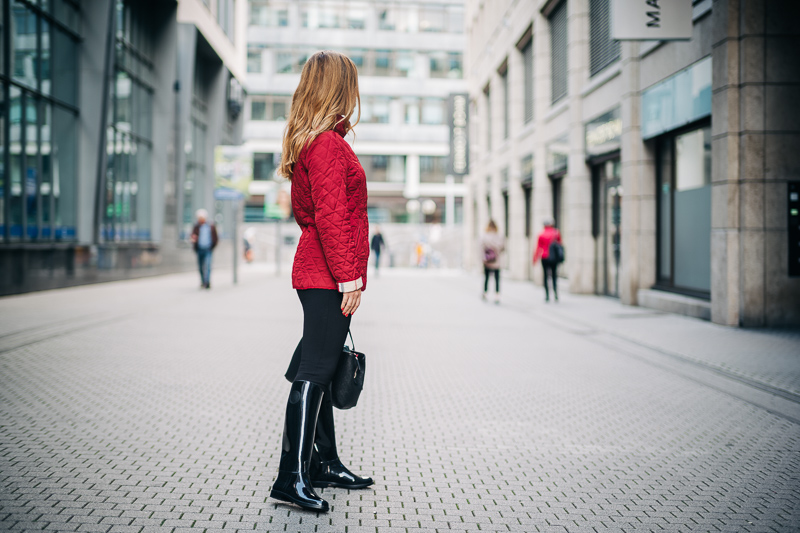
This also holds true with complex backgrounds like foliage or shiny metal parts:
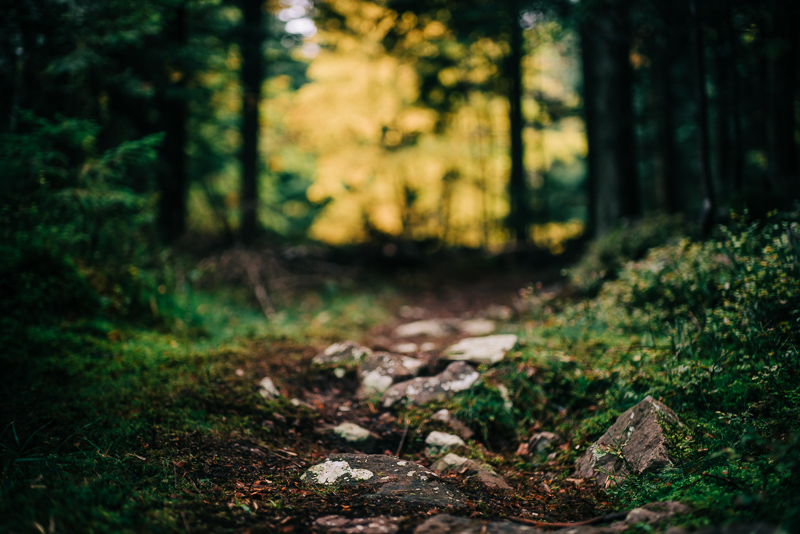
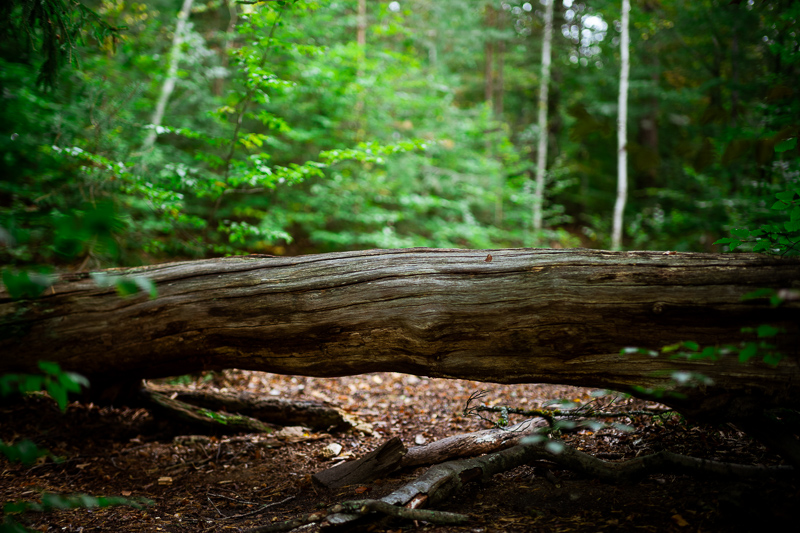
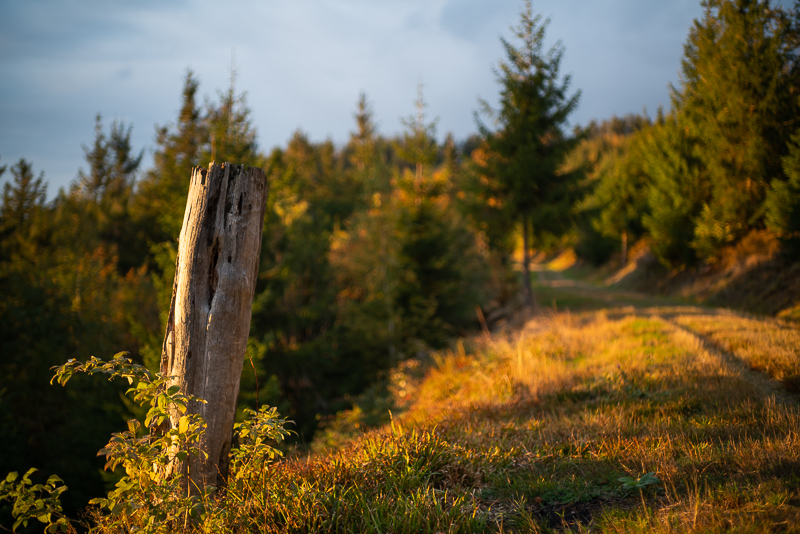
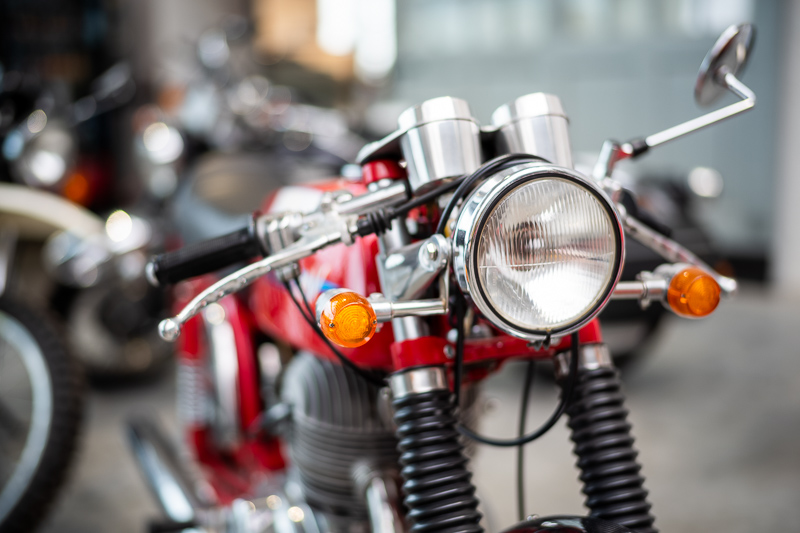
All things considered, I have been very happy with the bokeh rendering of this TTArtisan 50mm 1.4. My favorite small 50mm lens in this regard was (and still is) the Voigtlander 50mm 1.2, but the TTArtisan comes really close.
Sunstars
I cannot really see a clear line when it comes to aperture constructions of TTArtisan lenses yet. Out of 5 lenses I saw 4 different aperture diaphragms. This one features 12 blades and might become my favorite among those, as it yields well defined sunstars between f/8.0 and f/16. The alignment of the blades is not as perfect as it is with Zeiss Loxia or Voigtlander lenses though.
If you want to know more about sunstar rendering of different lenses have a look at this article.
50% crops from center, A7rII
Chromatic aberration
lateral
100% crops from border, M10
There are only minor lateral CA visible that are easily corrected either in camera (for Jpegs) or in a raw developer like Lightroom by one click.
longitudinal
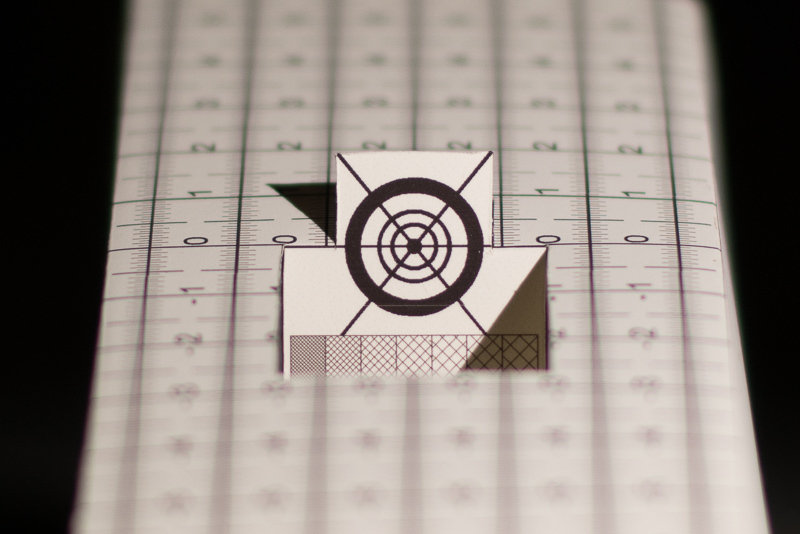
In close up scenarios there is green behind and magenta in front of the focal plane visible. It takes stopping down to f/2.8 to mostly get rid of this aberration (see focus shift section).
As is usually the case with fast lenses purple fringing can be quite pronounced:
Sony A7rII | TTArtisan 50mm 1.4 | f/1.4
In extreme scenes like the one below you can sometimes spot longidutinal CA even in smaller output sizes, but it should be noted that this TTArtisan 50mm 1.4 fares no worse here than e.g. the Sony 55mm 1.8 or the Sony 35mm 1.8, both slower, more expensive lenses.
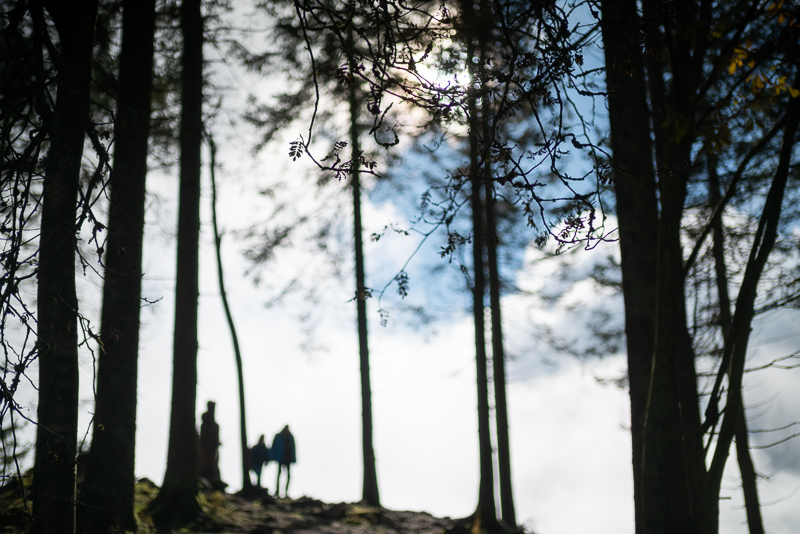
Focus shift
50% crops, A7rII
With some lenses when stopping down the plane of optimal focus shifts to the back or the front. Here the focus shift is minimal and should hardly be an issue in the field, good news for M-mount users!
Alternatives
I will only cover the really obvious alternatives in detail here, but if you ended up here by accident and you are looking for an AF lens may have a look at our Guide to 50mm lenses for Sony E-mount.
E-mount
Voigtlander 50mm 1.2 Nokton E:
The most obvious competitor. You gain electronic communications with your camera, half a stop of light gathering capabilities, better flare resistance and you are loosing a bit of weight. The Voigtlander is slightly worse close to the minimum focus distance and almost 3 times as expensive though.
buy from CameraQuest | B&H | Robert White | amazon.com | amazon.de | ebay.com | ebay.de for $999 (affiliate links)
Voigtlander 50mm 2.0 APO-Lanthar:
If you are looking for the best possible correction of optical aberrations instead of lots of bokeh this is the lens you are looking for.
buy from CameraQuest | B&H | Robert White | amazon.com | amazon.de | ebay.com | ebay.de for $1049 (affiliate links)
M-mount
Leica Summilux-M 50mm 1.4 Asph:
If you can easily afford the Leica lens I wonder why you are reading this. I have never used this lens personally but I would expect it to do better in certain scenarios like contrast and flare resistance, but I am not so sure about bokeh rendering. Are these possible differences worth spending 11 times as much? If you think so consider using one of my affiliate links next time you buy a Leica lens.
buy from amazon.com | amazon.de | B&H | ebay.com | ebay.de for $4.000 (affiliate links)
Voigtlander VM 50mm 1.2 Nokton:
See E-mount version above.
buy from CameraQuest | B&H | amazon.com | ebay.com | ebay.de for $1.059 (affiliate links)
7Artisans 50mm 1.1:
This is a very different lens as it is not optimized to give smooth bokeh at maximum aperture but rather nervous bokeh with lots of field curvature. Does not fit my taste, but may be the cheapest option to get a new very fast 50mm lens.
buy from amazon.com | amazon.de | B&H | ebay.com | ebay.de for $349 (affiliate links)
Conclusion
good
|
average
|
not good
|
When I bought the 7Artisans 28mm 1.4 FE-Plus (manufactured by DJ-Optical) I was not only impressed by its optical qualities and price performance ratio, I was also hoping we will see many lenses that share its qualities. That was in March 2019.
Now in October 2020, one and a half years later, it seems to me DJ-Optical is manufacturing lenses for TTArtisan exclusively and I have reviewed all of them. The 21mm 1.5 and the 50mm 0.95 especially offered staggering specs at a low price point, but in the end they might have been a bit too ambitious, spotting too many compromises.
Why am I wasting your time telling you all of this?
Reviewing and using the TTArtisan 50mm 1.4 has been a pleasant surprise as it offers surprisingly good bokeh for a small 50mm lens as well as good sharpness where it matters.
It manages to accomplish something where even some of the fast Voigtlander lenses fail: stopped down it is plenty of sharp across all of the frame.
This makes it a great allround 50mm lens that can be used for portraiture as well as landscape and infinity shooting.
I felt like getting 90% of the Voigtlander 50mm 1.2‘s qualities for about 40% of the price. Not a bad deal in my book.
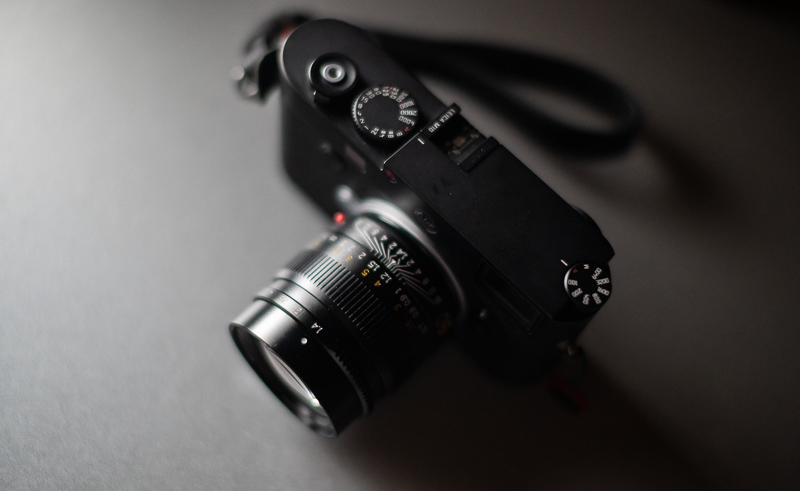
You can usually buy this lens from the manufacturer’s shop, on amazon.com/amazon.de, B&H or ebay.com/ebay.de for about $369 (affiliate links)
Sample Images
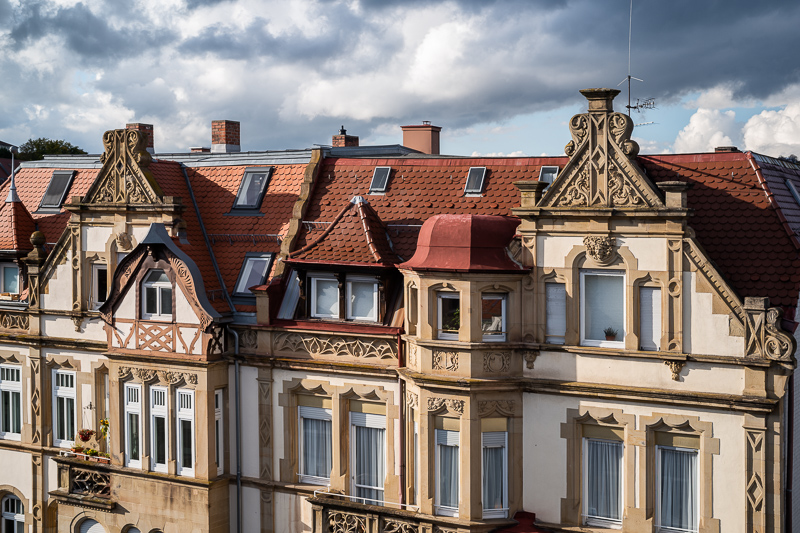
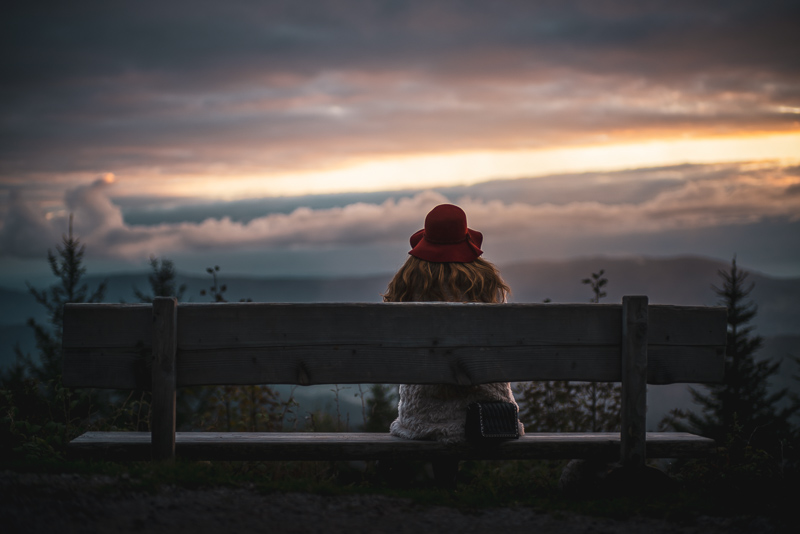
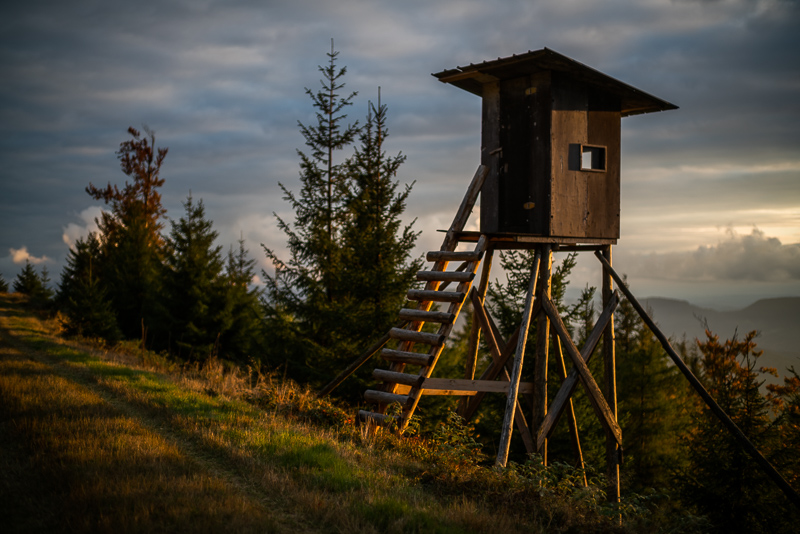
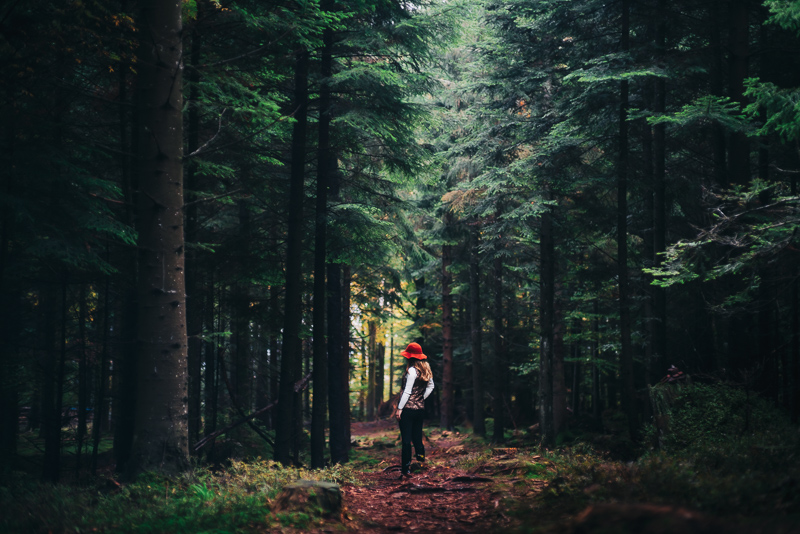
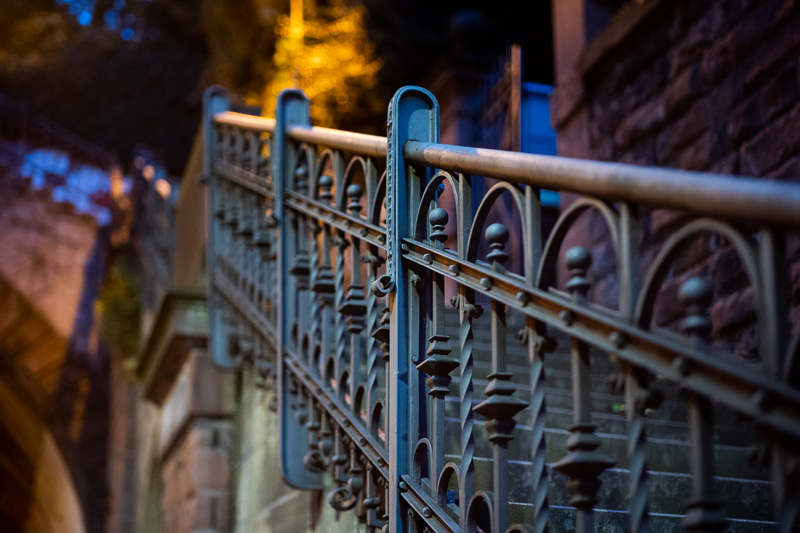
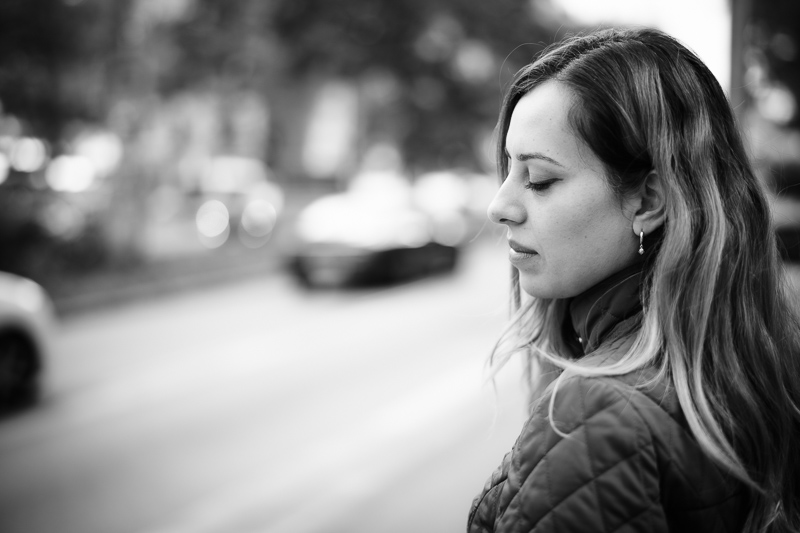
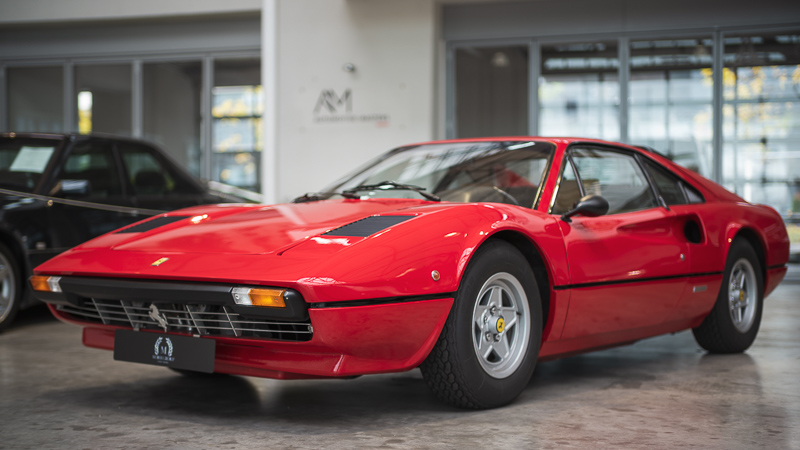
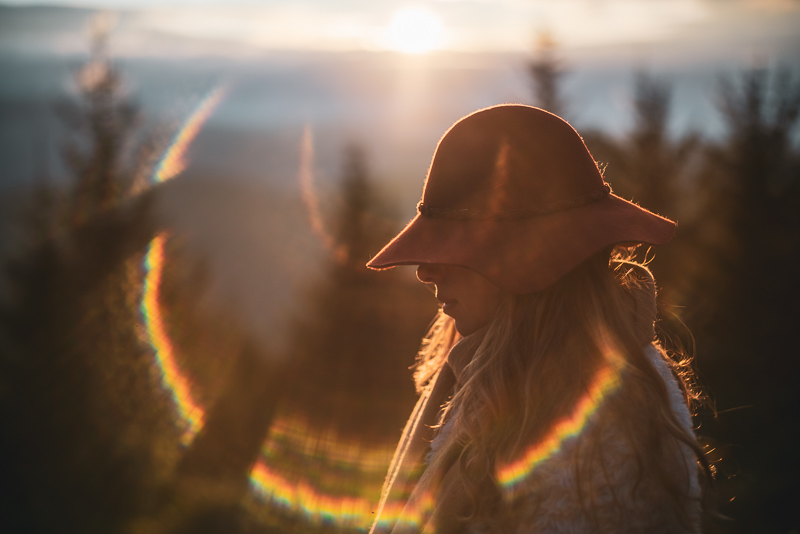
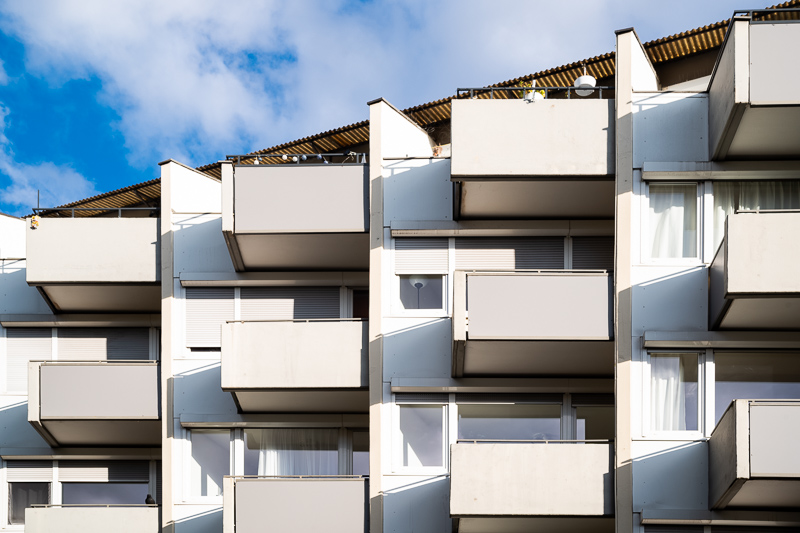
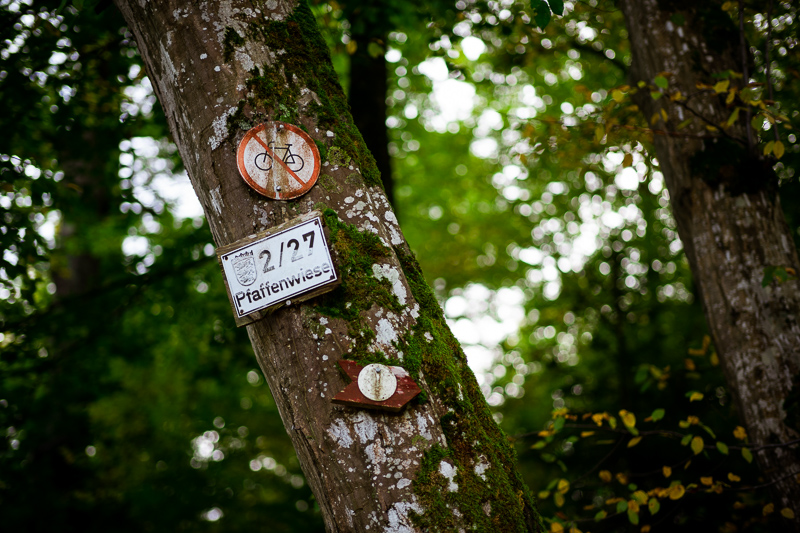
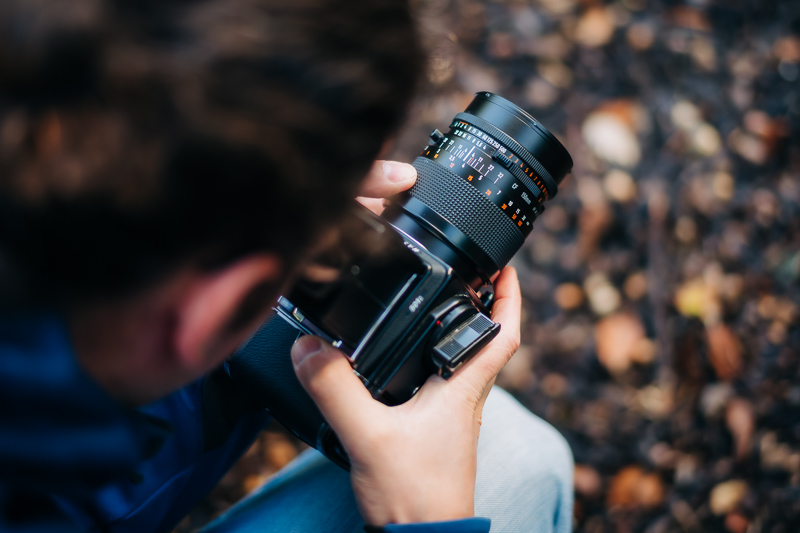
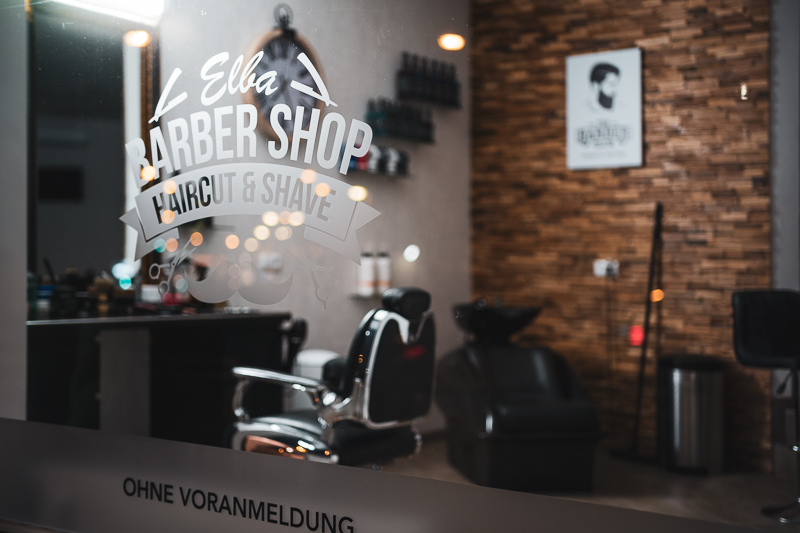
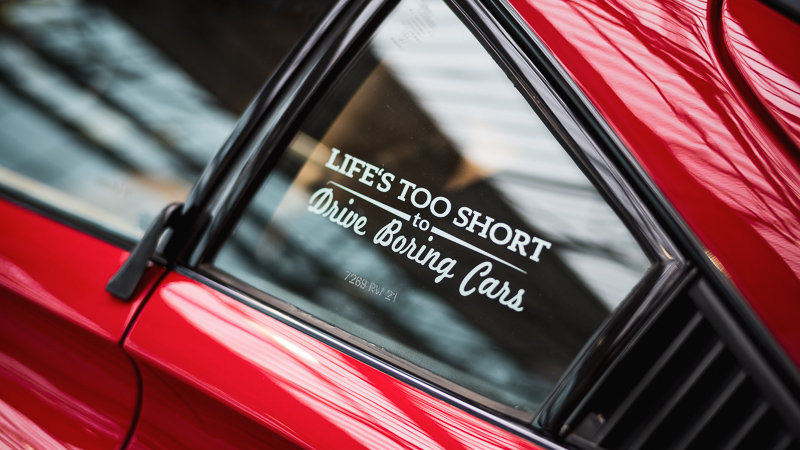
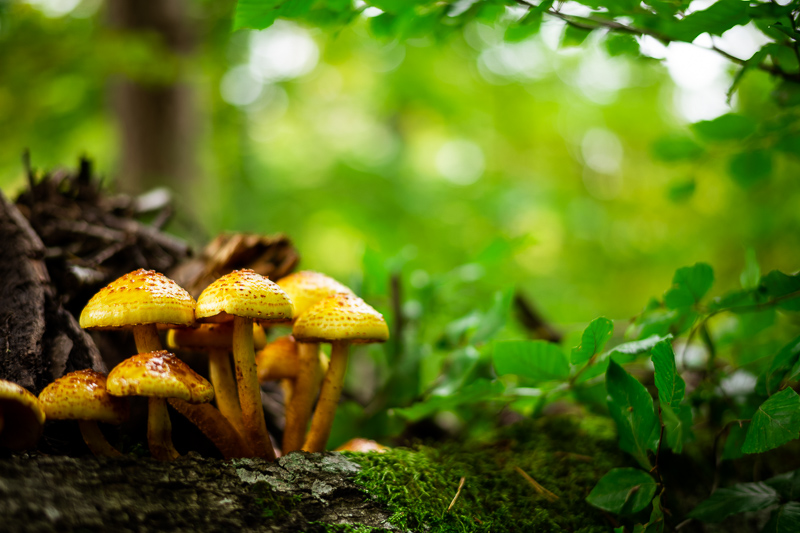
Most of the sample images in this review can be found in full resolution here.
Further Reading
- Sony FE lenses: Our comprehensive and independent guide
- Review: Laowa 9mm 5.6 – The World’s widest lens
- How I edit my pictures
- Review: Zhong Yi 135mm 1.4
Support Us
Did you find this article useful or just liked reading it? Treat us to a coffee!
![]()
![]()
![]() via Paypal
via Paypal
This site contains affiliate links. If you make a purchase using any of the links marked as affiliate links, I may receive a small commission at no additional cost to you. This helps support the creation of future content.
Latest posts by BastianK (see all)
- Review: Sony FE 70-200mm 4.0 G Macro OSS II - December 20, 2025
- Review: Viltrox AF 35mm 1.2 FE LAB - December 17, 2025
- Analogue Adventures – Part 47: Tübingen - December 17, 2025




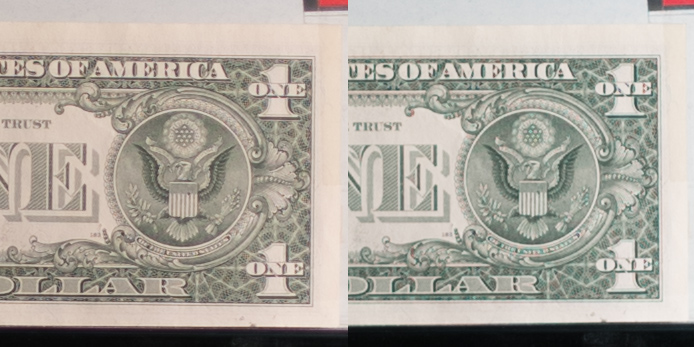
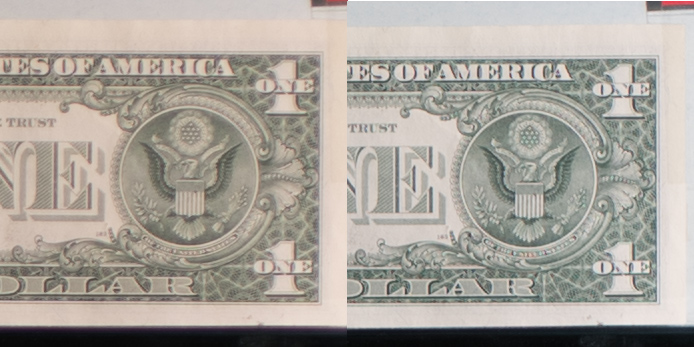



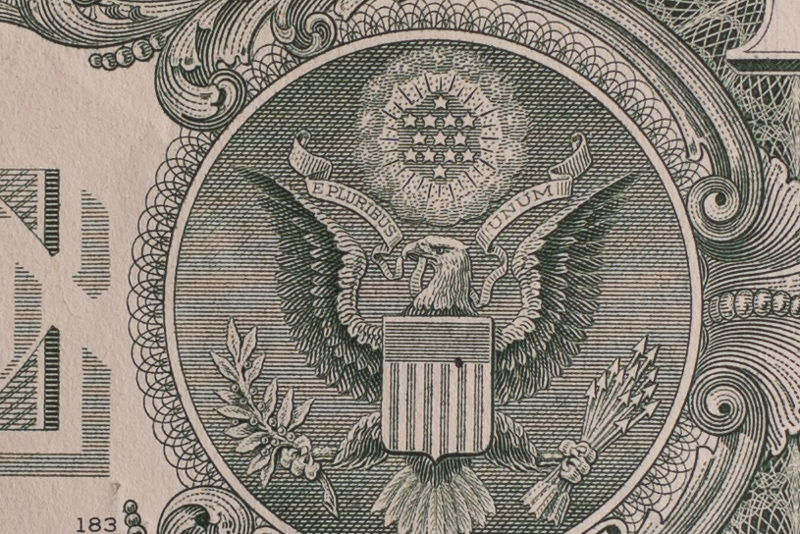
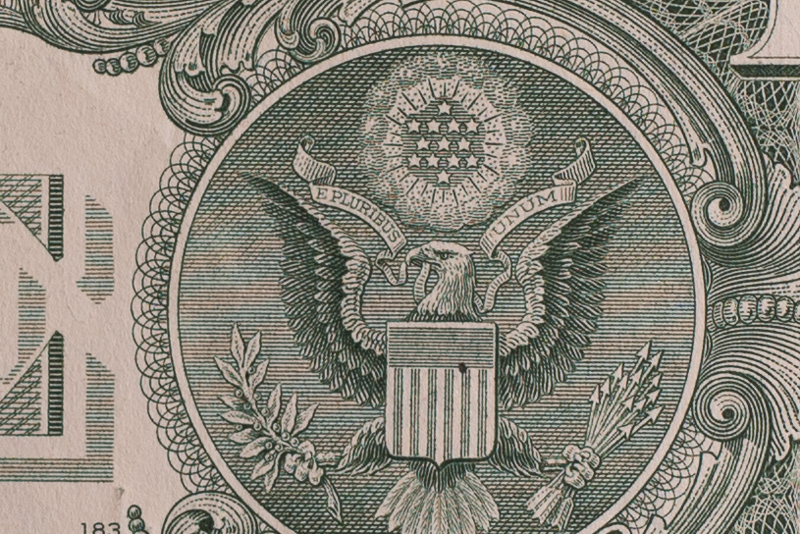



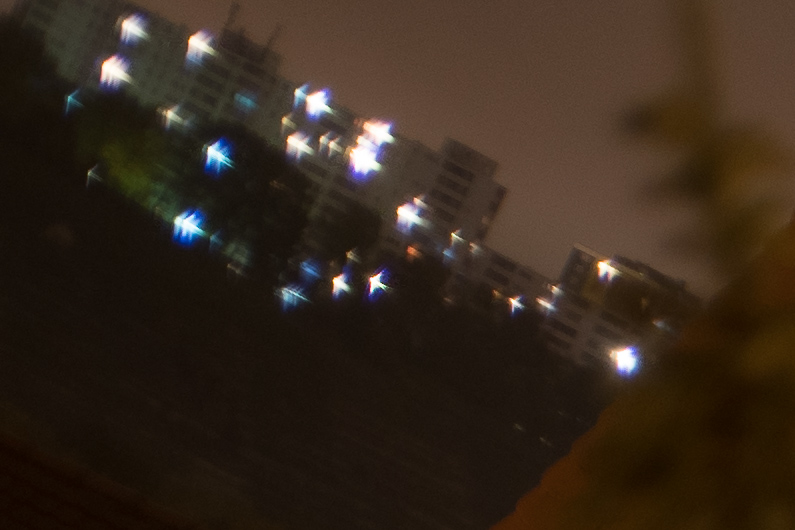
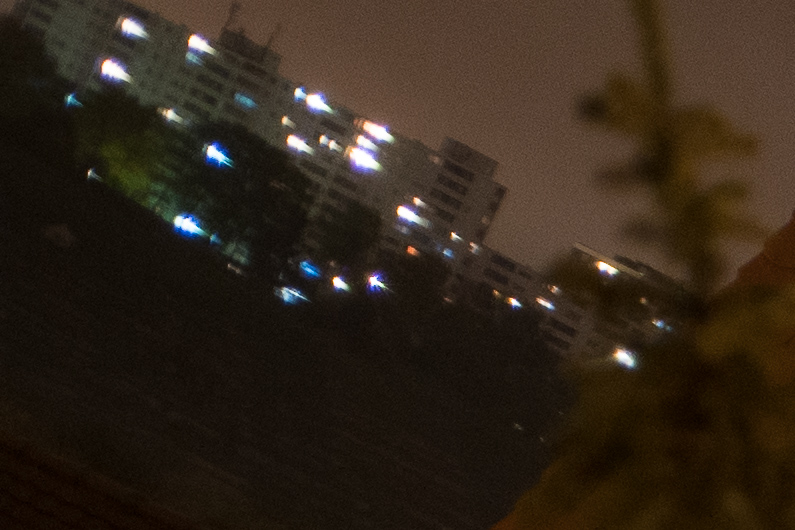


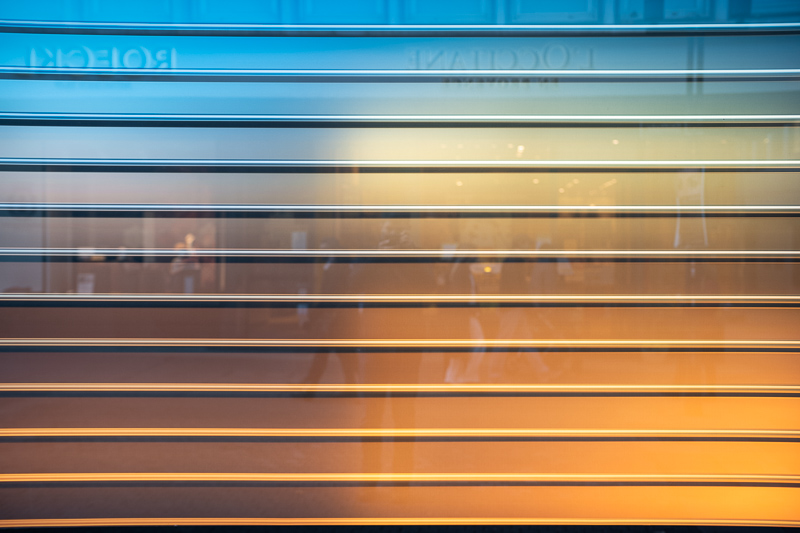
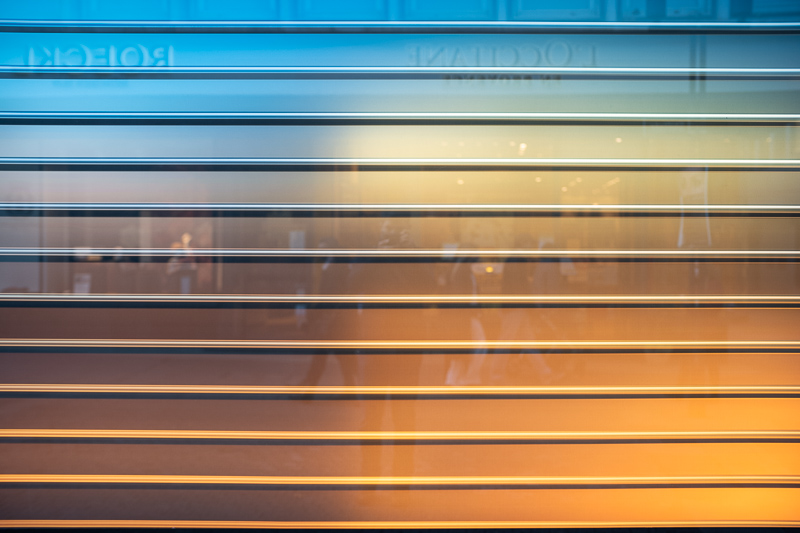
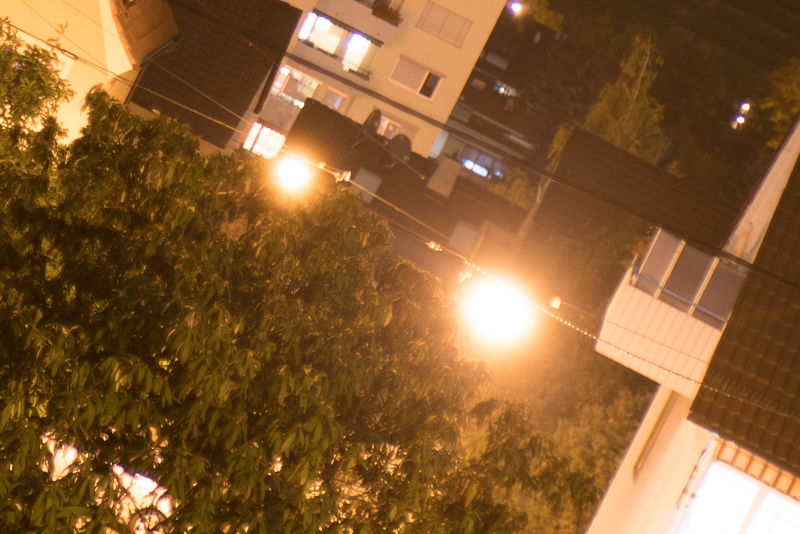
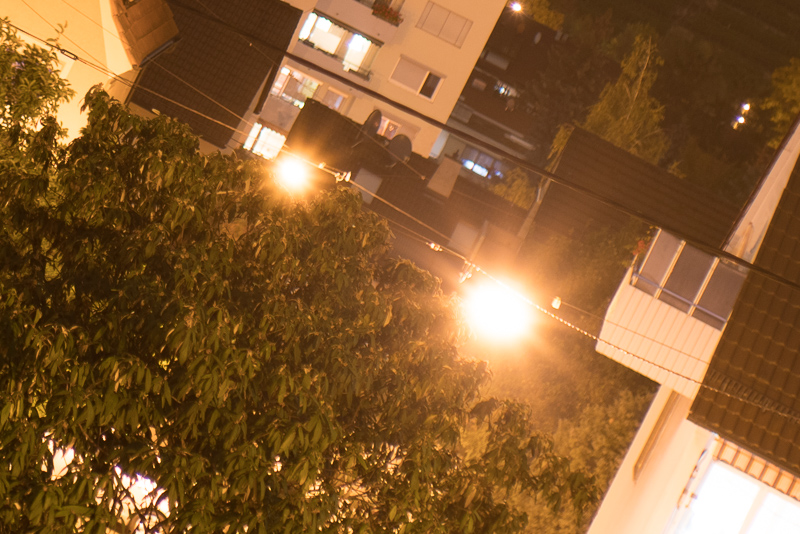
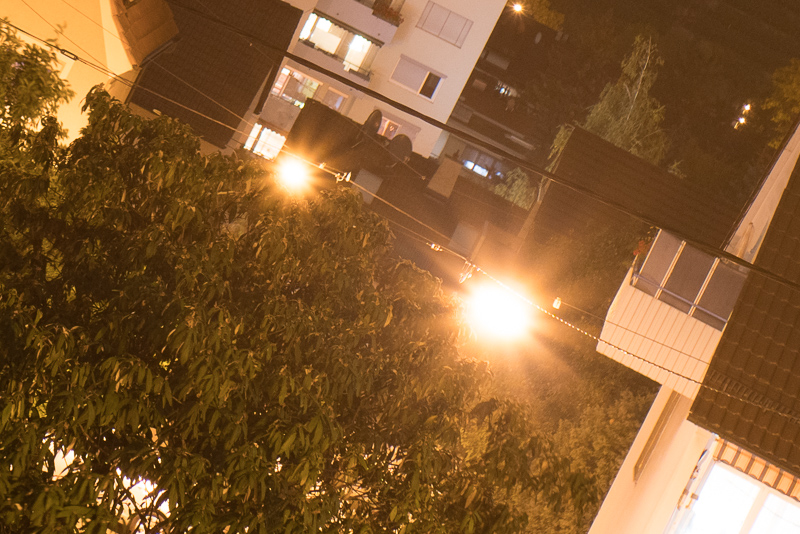
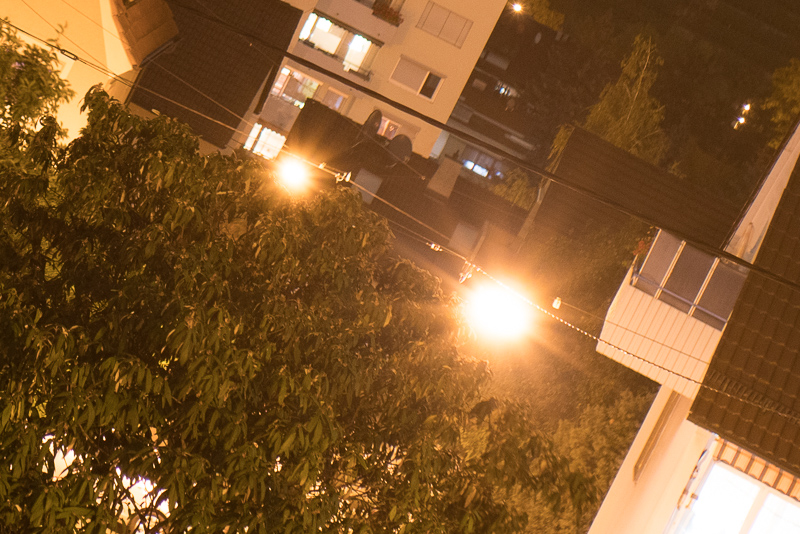
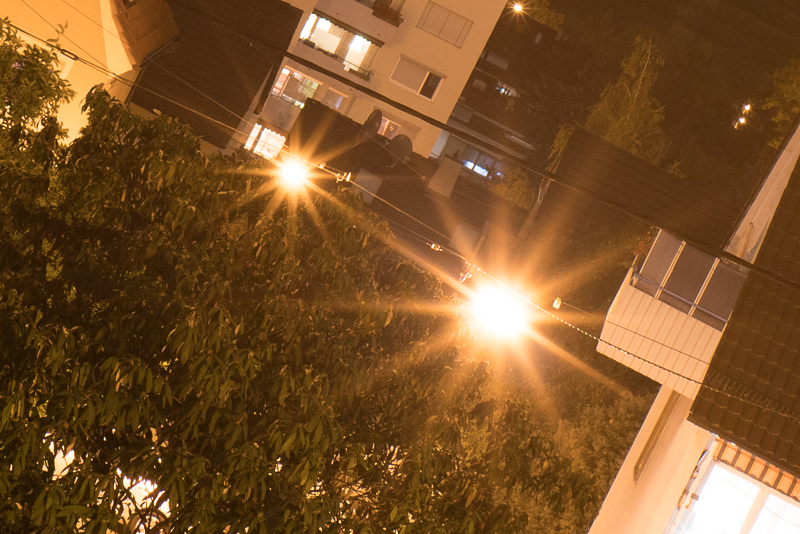
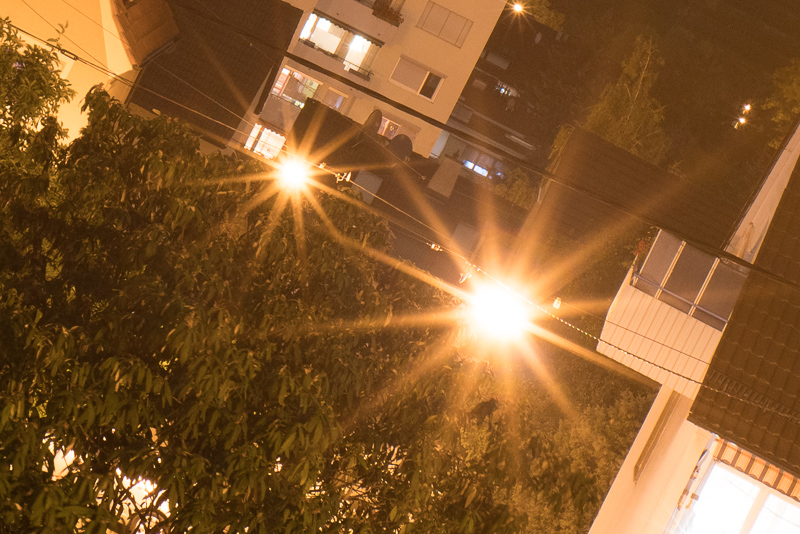
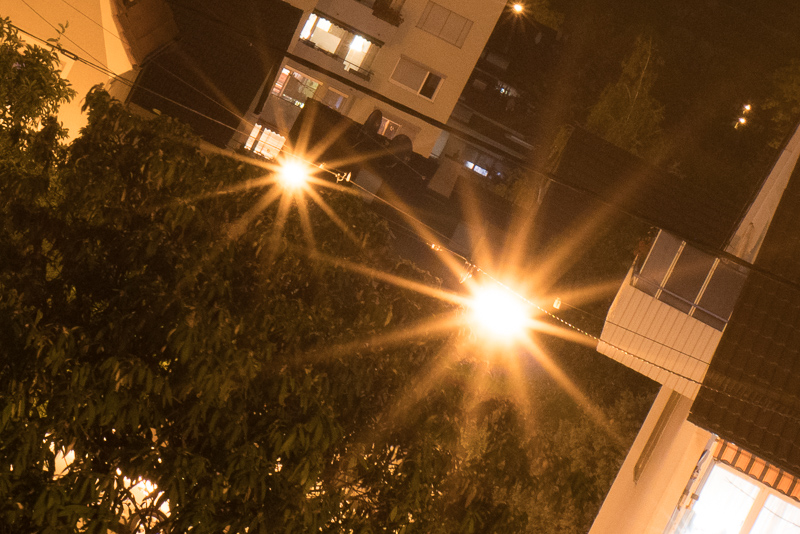
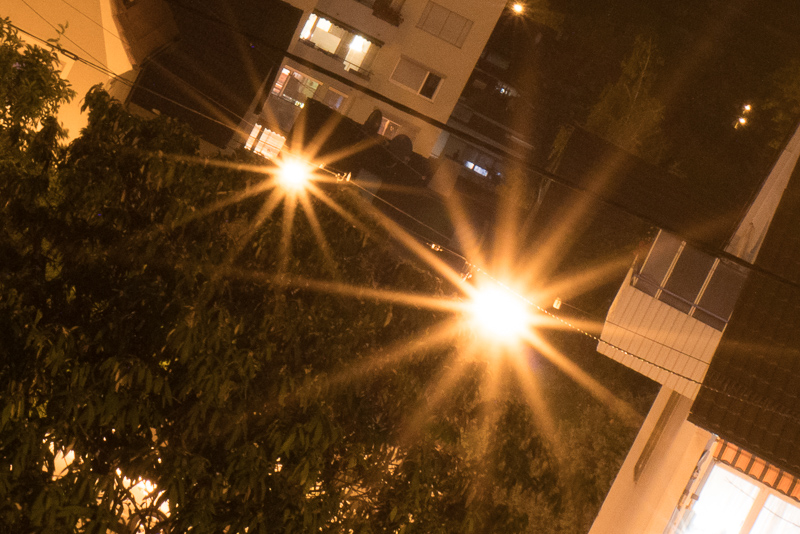
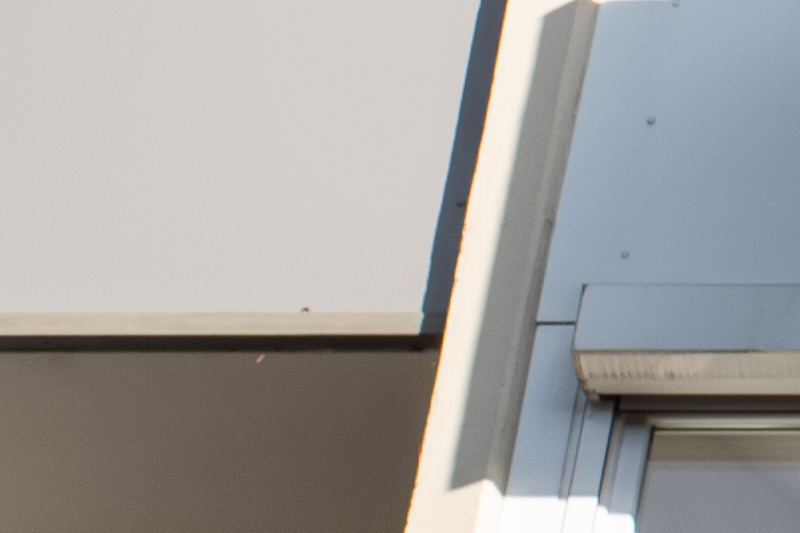
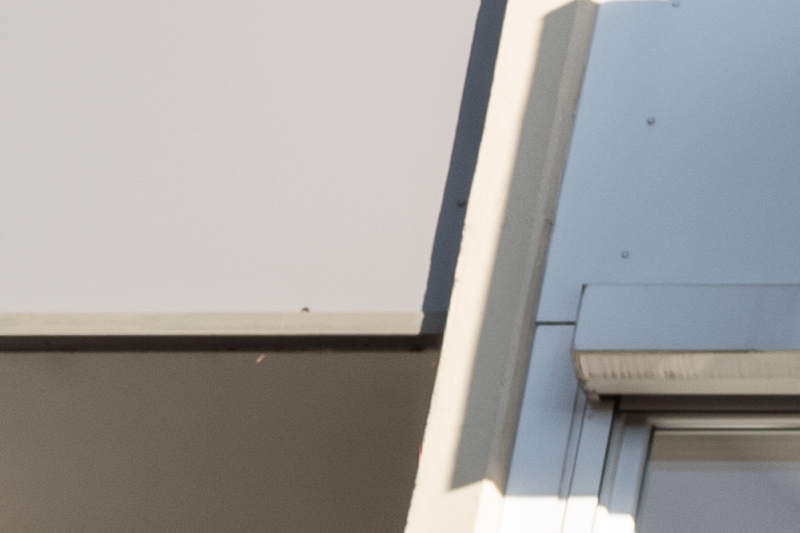

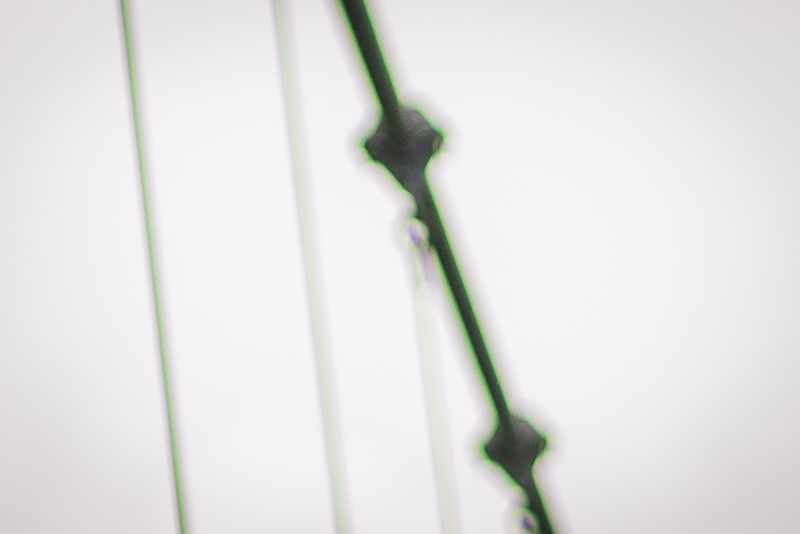
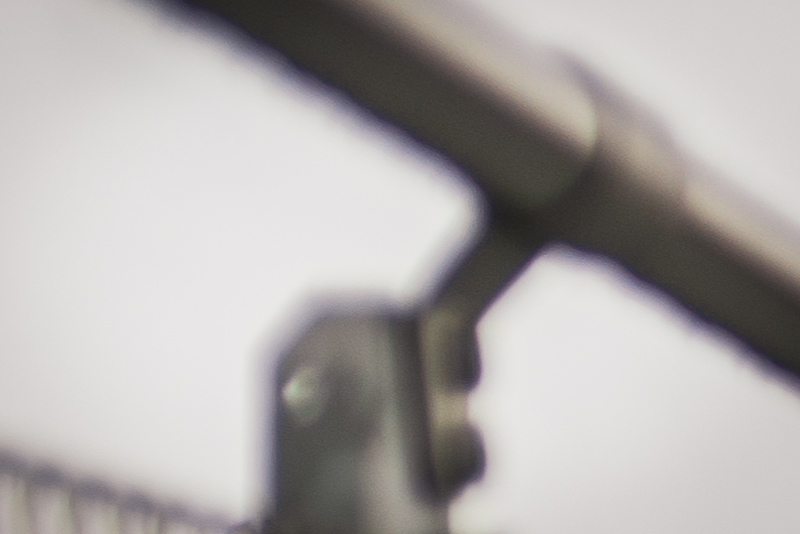
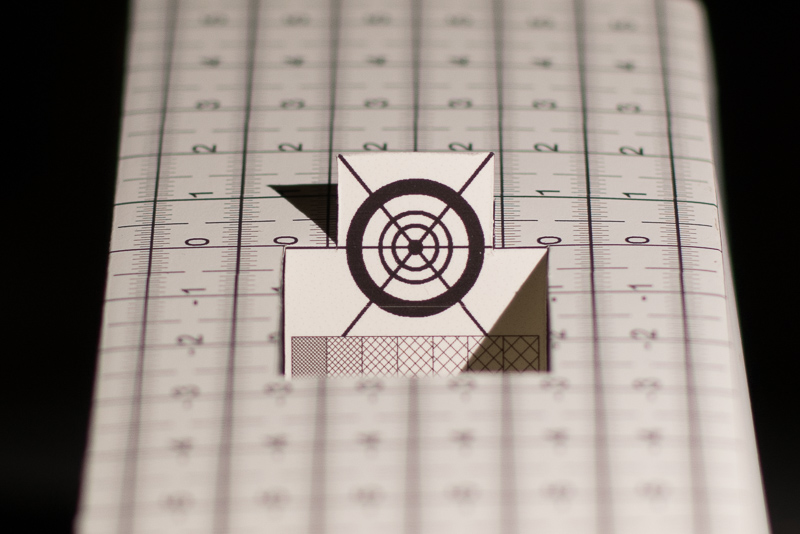
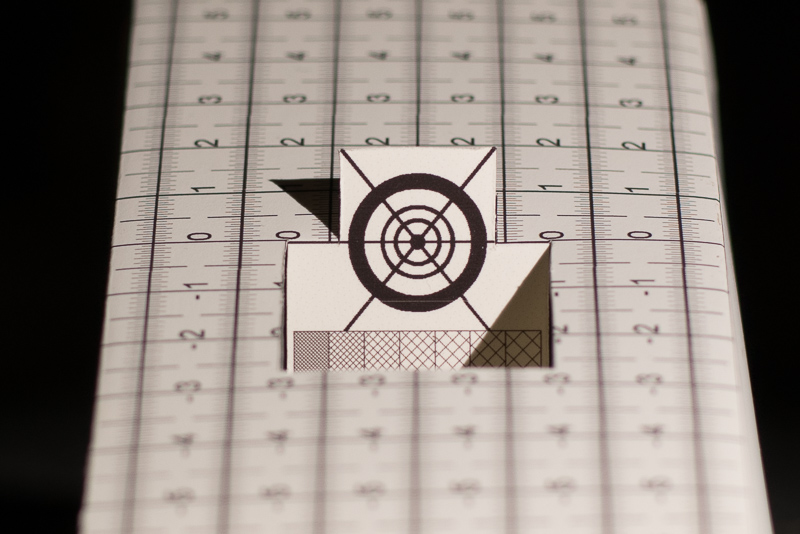

Great review. This looks to be a nice budget alternative to the Voigtländer 50mm f1.2. I quite like the rendering in the example pictures you shared. I wish this lens had a bit more contrast. Then again the micro contrast while not amazing, balances well and works in the lenses favor I think. This lens has some character to it. Also nice that this lens has a low profile. I was considering the Meike 50mm f1.2 but that lens is quite big. Overall this TTartisan looks to strike a great balance in rendering, weight and price.
Do you know if this TTartisan 50mm 1.4 has a de-click aperture option? I assume not.
Would you otherwise know any other budget manual 50mm lenses with a de-click option? I know the Loxia and Voigtländers have it but they’re on the pricier side.
Lastly, any budget manual lenses with electronic contacts? Again besides Loxia and Voigtländers. Why is it that we have all these great budget options but none seem to utilize electronic contacts?
TTArtisan 50mm 1.4 has no de-click option.
There are also no cheap manual lenses with electronic contacts, a used Loxia is your cheapest option.
The Zhong Yi 50mm 0.95 M has no click stops, all the other recent lenses do. Again the cheapest option with de-click feature is a used Loxia.
Thanks for the valuable feedback! Appreciated and helpful.
Nice review,
Bastian, you should review the Voigtlander 58mm f1.4 SL. I recently got the Voigtlander 50mm f1.2 for my sony. the 50 is a great lens but nothing compared to the 58mm so I’m actually selling it. Optically the 58mm is the best lens i’ve ever touched and I think you would enjoy it!
Hi Bastian,
great review! How about Nokton 50 1.5? Can be had for the same price (minty, LTM is cheaper still), is significantly lighter, has (arguably) better sunstars and very nice colors/bokeh. You’ve reviewed the lens, so it would be interesting to hear your opinion on those two.
I have not used that lens on the M10, on the R2 off center sharpness at portrait distances was so bad that I don’t consider it an alternative on higher resolution cameras anymore.
Will you consider reviewing the new optically changed version II of the Voigtlander Nokton 50mm f/1.5 lens, which is set to release next week?
We did not ask for a review sample yet and it is not very high on the priority list, but we may do. Most likely not that soon though.
Hi Bastian, very nice review, seems to be a nice lens.
You were right to state that this lens has an inbuild converter. This opens the chance for Artisans to produce a 70mm f2 lens
Which can be used on a FUJI GFX as well
with a 0,71x converter for Sony, Nikon or Canon. to end up with the same lens as tested by you. LAOWA did the opposite with their 12mm f2.8, with the shift-converter to 17mm f4 and built in version 17mm f4 for FUJI GFX. Bjorn
a new 35mm f0,95 is nearly coming from 7-Artisans as well.
Thank you for the review. As all the reviews here, very thorough an very informative.
I recently bought the 7artisans 50mm f1.1 and I’m very happy with the pictures I get with it, it’s a nice lens if you are aware of it’s limitations. My only complain with that lens is that the focus throw is too short (as Juriaan mentioned in his review), so sometimes is hard to nail focus. How about this TTartisan? Did you find the focus throw adequate and easy to focus?
Also, I’m interested in how this TTartisan 50mm f1.4 reviewed here compares to the 7artisans 50mm f1.1 for portraits (don’t care about infinity sharpness), and more specifically in terms of bokeh. Do you think the bokeh of the TTartisan at f1.4 is much better than the 7artisans at f1.4? (at f1.1 is quite nervous, but at f1.4 I find it rather smooth)
Thanks!
Hi Joseph,
I think the TTartisan 1.4/50 will have better bokeh towards the corners at longer distances due to less field curvature. At close distance I don’t think the difference is that big. Furthermore I think the 1.4/50 has larger sharp area at full and half body portrait distance, where the 7A 1.1/50 suffers a bit.
Thanks for the quick reply. It seems the TTartisan is clearly the better lens, although I’m not sure if for me and my usage it’s worth the hassle of selling the 7artisans and getting this one. Surely having both lenses doesn’t seem to make much sense. I’ll think about it 🙂
With 7Artisans 50mm 1.1f you have 2 lenses in one body at 1,1f its nervous t 1,4f its smooth 🙂 Also this lens has a unique look in BW photography, you should try that out
Hello Bastian,
I really enjoyed all of your reviews, I noticed your images recently have a nice vintage tone, could you please give us a tutorial on your post process method? I believe I am not the only one who interested in your style.
Thank you for all your work! They are indeed great and helpful.
Already there: How I edit my pictures
How this lens perform compared to vintage lens like Canon FD 50mm f1.4?
Higher contrast, smoother bokeh, smaller, for other observations a direct comparison would be necessary.
Hello Bastian,
as owner of a Leica Summilux-M 1,4/50 asph I was very interested in reading how the TTArtisan would perform.First I am really impressed how well the TTArtisan is doing. The Summilux is doing most things better, but comparing the price tags the difference should be bigger. So I really admit the TTartisan beeing a nice little lens showing a very good performance for a sensational price. If you are on a budget go get it. If not, and if you want to sqeeze out the maximum performance of a small lens, you have no alternative to the Summicron 😉
Best regards,
Christian
I also own the 50 Lux ASPH and here’s my take on how it differs (on the Leica M) from the TTArtisan 50/1.4 images in this review: Leica claims the Lux ASPH is actually an APO design yet was not branded as such (IIRC this was mentioned by lens designer Peter Karbe in an interview). This seems to be supported based on low LoCA and very low wide open purple fringing compared to the TTA 50/1.4. I rarely notice this problem in images with it. It also has very low distortion. However, it has a few flaws that can be annoying: a drop in sharpness and that becomes quite nervous in the mid zone between around f/2.5-4.5 with corresponding wavy field curvature, making rule of thirds subject placement problematic; ‘ninja-star’ aperture opening between f/2.5-5.6 (apparently to minimize focus shift); not so great flare resistance. It will produce a similar, though less colorful flare ring as the TTA wide open and IMO is generally not great at resisting veiling flare with bright light just outside the frame. It does not have to be a specular light source; it could even be an overcast sky. Unfortunately this is something I’ve noticed with other Leica lenses, particularly the various modern 90s I have owned (Summarit, Macro, APO-ASPH).
The 50 Lux ASPH appears to have a more Gaussian background blur, is slightly smaller in all dimensions and about 50g lighter. Edge sharpness is also better, but the tradeoff is the mid zone performance drop until around f/5.6. Sunstars are very difficult to provoke (I can’t really remember getting any from it), which I actually strongly prefer over most recent lenses, perhaps due to the aperture shape.
IMO the TTA 50/1.4 is compelling for better off-axis sharpness wide open and slightly stopped down rendering due to non-ninja-star aperture shape (though unfortunately straight-sided), not to mention the very reasonable price.
The intriguing third option someone mentioned earlier is the new Voigtländer 50/1.5, which is smaller and lighter than TTA and 50 Lux ASPH, making it a more harmonious fit for rangefinder cameras (though lacks focusing tab). Fred Miranda has started a running review of it over on his forum and early impressions are very favorable (on Leica M and to a slightly lesser degree on Sony). It appears to be very sharp across the frame from wide open with some mid zone softness, but doesn’t seem as severe as the 50 Lux ASPH. Distortion appears to be very minimal with promising flare resistance (based on urban landscapes by an FM member with this lens). At nearer distances there is residual SA, which slightly softens the image and may be desirable for some subject types. LoCA and purple fringing is noticeable and probably closer to the TTA than the 50 Lux ASPH. The very small size also results in optical vignetting with cats eye bokeh balls already slightly off-axis…
So IMO, none of these lenses offers a ‘perfect’ balance of features. For my use of the 50 Lux ASPH, it’s either between f/1.4-2.0 for its rendering characteristics, or stopped down to f/5.6-8 for across frame performance. Both the TTA and Voigtländer probably allow better wider aperture off-axis sharpness/subject placement, but a tradeoff being poorer LoCA/purple fringing behavior.
Hope this helps!
Thanks for adding your experiences with the 50mm 1.4 Lux!
A lens, I am also interested in reviewing, if I ever get the chance.
In your conclusion the price differences may be worth talking about though.
I am sure not many people can or want to afford a 50mm 1.4 for 3.700€.
So considering it is “balanced” in any possible way is a bit of a stretch imho.
Also, may you have any source that backs the claim that the Ninja star aperture blades do in fact reduce focus shift?
I am asking because:
a) I cannot think of any physical reason why it should
b) Many Leica lenses with such aperture blades still suffer from focus shift
Is the Otus 55/1.4 worth the price? Of course the 50 Lux ASPH is extremely expensive! Please consider it was released in 2006 and for a while was the only technically ‘good’ 50/1.4 available in M mount. I also tried the original Voigtländer 50/1.5 LTM and while sharp centrally, was not great off-axis, plus had purple fringing. In the last 10 years, lenses from all brands across the board have improved significantly, but it’s really been in the last roughly 3 years where we’ve seen considerable improvement in fast non-Leica M mount lens performance. I’m not sure I’d end up with the 50 Lux ASPH if starting fresh today (I bought it about 10 years ago) in light of the performance value of this TTA lens, or the new Voigtländer 50/1.5, or their 50/1.2 (what I’d really like is their 50/2 APO in M mount).
Regarding the ninja-star aperture shape and possible reduction of focus shift: at this point I can’t recall the exact source; it’s one of those ‘things I read on the internet.’ I have a theory about why the shape might minimize focus shift, but since I’m not an optical engineer and have no way to verify it, I’ll refrain from potentially digging myself further into a hole. 🙂
Probably the best solution would be to ask Peter Karbe why it, and other Leica lenses, have this peculiar aperture shape.
Sorry, I meant of course the Summilux…
Best regards, Christian
Another great review, thanks.
You are welcome!
The phrase “has quite some issues” must have commonly used direct translation in German. I’ve heard a few Germans use similar phrasing, including Max from Analog Insights on YouTube. It’s not grammatically correct in English, but it does have a sort of charm to it.
@Jai:
And what would be the correct English phrase? It would be very helpful if you could tell us ;–). Thank you!
“…has quite a few issues….”
Hi Bastian,
Nice review as always! Any thoughts how this compares optically to the Zeiss C Sonnar 50 1.5 ZM?
Thanks,
Kay
All I could do is compare our reviews of these 2 lenses as I never used the C-Sonnar personally.
“I felt like getting 90% of the Voigtlander 50mm 1.2‘s qualities for about 40% of the price.”
I guess you are not Churchill…
only the best will do…
Has anybody tested this lens on a GFX or Hassleblad Medium format camera yet? Would love to hear if it covers the medium format sensor!
7artisans recently released a 35mm F0.95 for APS-C. Will you be reviewing it? I’m curious how this lens will compare to the lens in this review considering it will be a 50mm F1.4 equivalent in crop mode. The lens is considerably cheaper and looks well made.
We usually don’t review APS-C lenses.
I also don’t think ever in the history of cameras the faster and cheaper lens for the smaller format has been better than the slower equivalent for the bigger format.
Therefore I don’t exactly have high hopes here.
Right I understand that and logic would say that will be the case. I did however find some photo examples online and was pleasantly surprised and impressed. The price is actually unbelievable. So it could be a very interesting comparison worth considering 😉 Also considering that we have the a7R IV and the e mount. Either way, I understand your perspective.
I’ve recently had a chance to play with 7Artisans 35mm F0.95 and the bokeh quality is definitely at the top of what APS-C lenses have to offer.
It’s going to leave a lot of my FF glass behind too.
There are some handling and color caveats usual for cheap Chinese lenses, but overall it’s a bargain.
Have to wait for spring before rendering my final opinion.
Well, I just ordered this one over the voigtlander 50 mm 1.5, the V 1, Vm mount.
Hope I did well 🙂
Intended to use it on a7iii+techart pro.
Thank you for your help 🙂
Yeah, clearly better than the 1.5/50.
Hello and thanks for a wonderful review,
I am in the hunt for a fast normal lens to adapt for my Nikon Z7. Voigtlander 40mm was my bet, and I was trying to justify the price difference between 40mm 1.2 and 40mm 1.4 MC. Then this review comes along and I am starting over again. I love the picture quality of the 40 1.2 but it’s more than 2 times the price of the others. What would you suggest for a general walking lens, street portraits etc. Thanks
I cannot tell you if you like 40 or 50mm more. If you are on a budget I would rather recommend the TTartisan lens.
Is there any comparison with 7artisans 1.05 ?
We haven’t used that one yet.
hello kind mr.phillip, what do you think about this ttartisan 50mm f/1.4 vs voigtlander 50mm f/1.5 ?
i’ve already had the voigt 50mm f/1.5 ( m mount mark 1 ), i love it for the dreamy look.
But seeing your review on the tttartisan made me interested with the sharper / more contrasty / modern look / more lux feeling ?
is it worth it to collect or better save up for a summicron f/2 v5 ? lol
thanks
Based on this little information we cannot tell you which lens is better for you.
Personally I would take the TTartisan 50mm 1.4 over one of the older 50mm 1.5 Voigtlanders every day.
Hey! long time reader!
I would like to as for a second opinion in regards of choosing this lens or a used loxia 50mm f2 (~600 usd).
Probably the weight and the exif data point me towards the loxia, but image wise, seems that the 2 lenses are comparable.
I’ll appreciate any opinion in the matter! thanks!
If you would like to use the lens also for portraiture I would get the TTA 1.4/50, if you will only use the lens stopped down anyway the Loxia.
Thank you for the review! How would you compare this lens to the TTArtisan 50mm f/0.95?
The TTartisan 50mm 1.4 is a really good lens, their best so far. The 50mm 0.95 is not.
Habe mir das Glas gekauft nachdem ich den Test hier fand. Danke! 389 € da macht man wohl nichts verkehrt. Leider gibt es auch für dieses TTArtisan (noch?) kein LR Profil…. Hat jemand einen Vorschlag welches Profil hier ggf. gut passt?
Another great review! I use your reviews almost exclusively when making my buying decisions and I have not been disappointed. As this lens is on an M mount, what adapter would you recommend using? Thanks!
Thank you!
Generally the 1.4/50 is not too demanding when it comes to adapters.
As it is a unit focus design the exact length of the adapter isn’t crucially important.
With cheaper adaters a snug fit is a bit hit and miss though, but if you are lucky even
a $20 adapter can be good enough.
Personally I would try to get a helicoid adapter like the Hawk’s factory to improve the
minimum focus distance.
But in Europe they are hard to get and expensive.
TT Artisan has just released a native sony e mount version of this lens. The optical equation seems to be the same, but this newer version focuses closer to 50cm and the price seems a bit lower, 235 usd + taxes for the US market.
This price is suspiciously low, but if it’s truly the same lens, then this new e mount version looks rather promising. I’ve grow to enjoy manual lenses and even though I’ve got the 50 1.7 cy zeiss and several others, I still feel like I’m lacking something, perhaps this could be it.
I have a review sample coming to see if it has been adjusted to the Sony filter stack 🙂
That trend of taking m-mount lens designs and then correcting them for Sony’s filter stack is one of my favorite. There are so many m-mount lenses that are amazing but it sort of kills me to think about getting one and then getting suboptimal performance because of the filter stack. I would like to see more of this from 7artisans. Frankly, it would be better IMO if they just made the “FE+“ versions and then kept the m-mount so that we could use them with a helicoid adapter! Though, that might not win them the almighty dollar. Perhaps they could sell them with their own m-e helicoid adapter? It would be cool to see this trend coming from voigtlander as well, since they already make the M-e helicoid adapter it would feel natural for them to do so, but again that might not win them the almighty $
I told all the companies they should base the design of their M-mount lenses on the Sony filter stack.
I think very few of the M-mount users would care whereas the E-mount people would be very happy about it.
But then it seems they are not really sure how to do the proper marketing.
7Artisans never really pushed the FE+ version of the 28mm 1.4 nearly as much as they should.
I ordered with a Sony E mount. When asked why it became so cheaper than the version of the Leica M, they answered that because of the fastening mechanism.
The actual reason is the deeper pockets of Leica users.
Is this the same lens reviewed but in E mount?
https://ttartisan.myshopify.com/collections/full-frame-lenses/products/50mm-f1-4-asph
Would definitely like to wait until Bastian reviews it to see how it does with Sony filter stack but at this price, I can afford to be impatient. 🙂
It is the same and the review is already out here.
Optics remain unchanged, all the other important differences are covered in the review of the E-mount version.